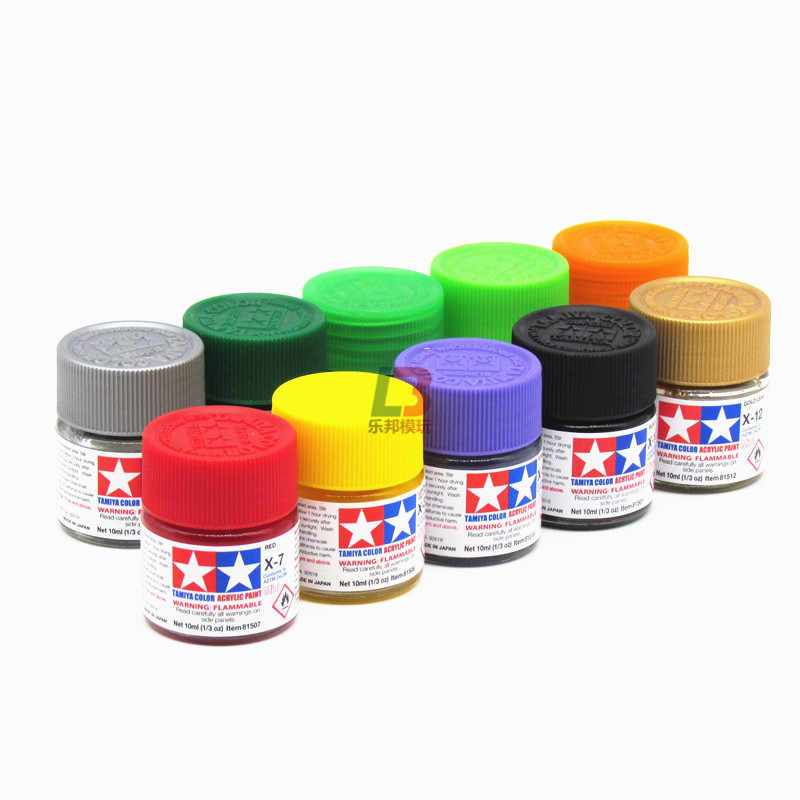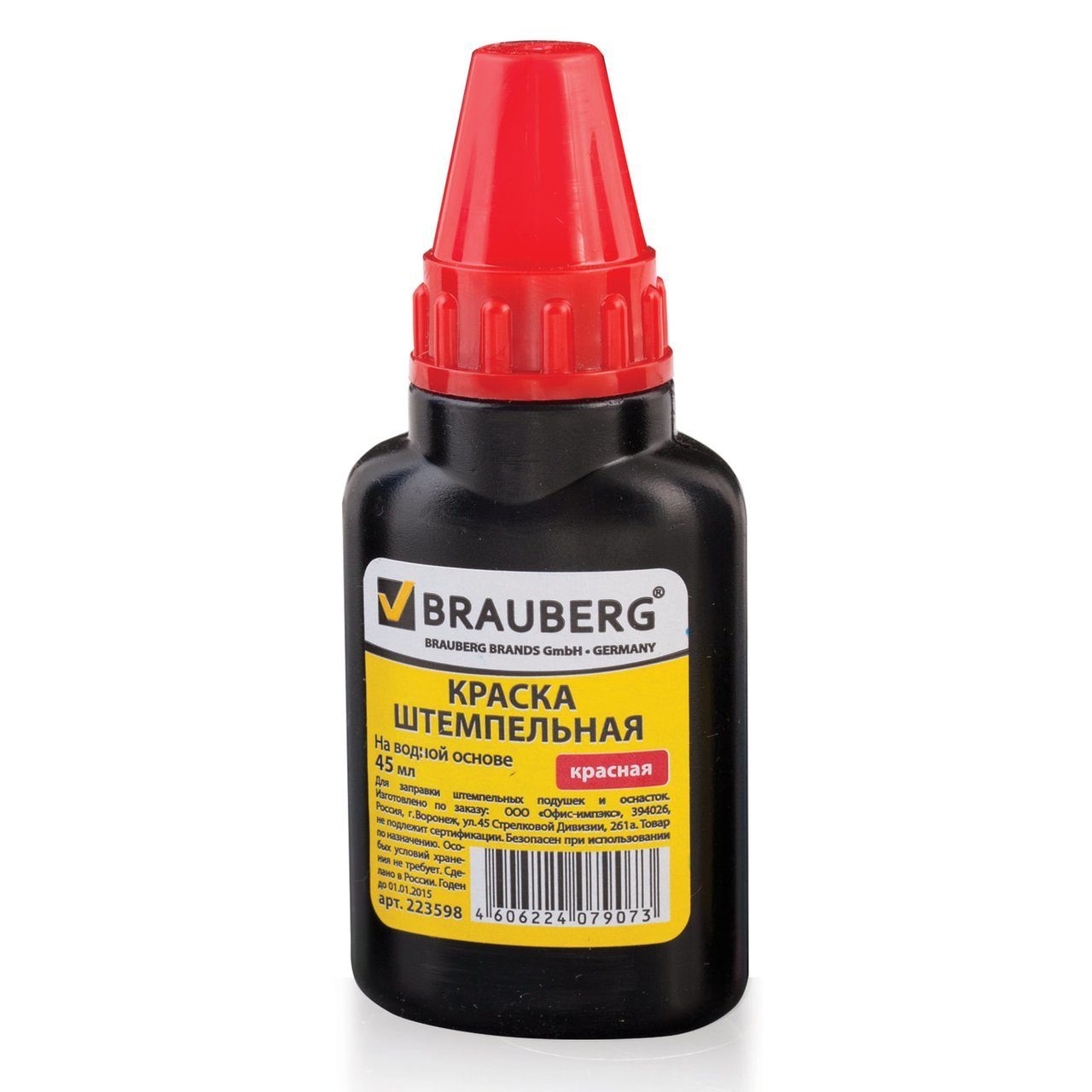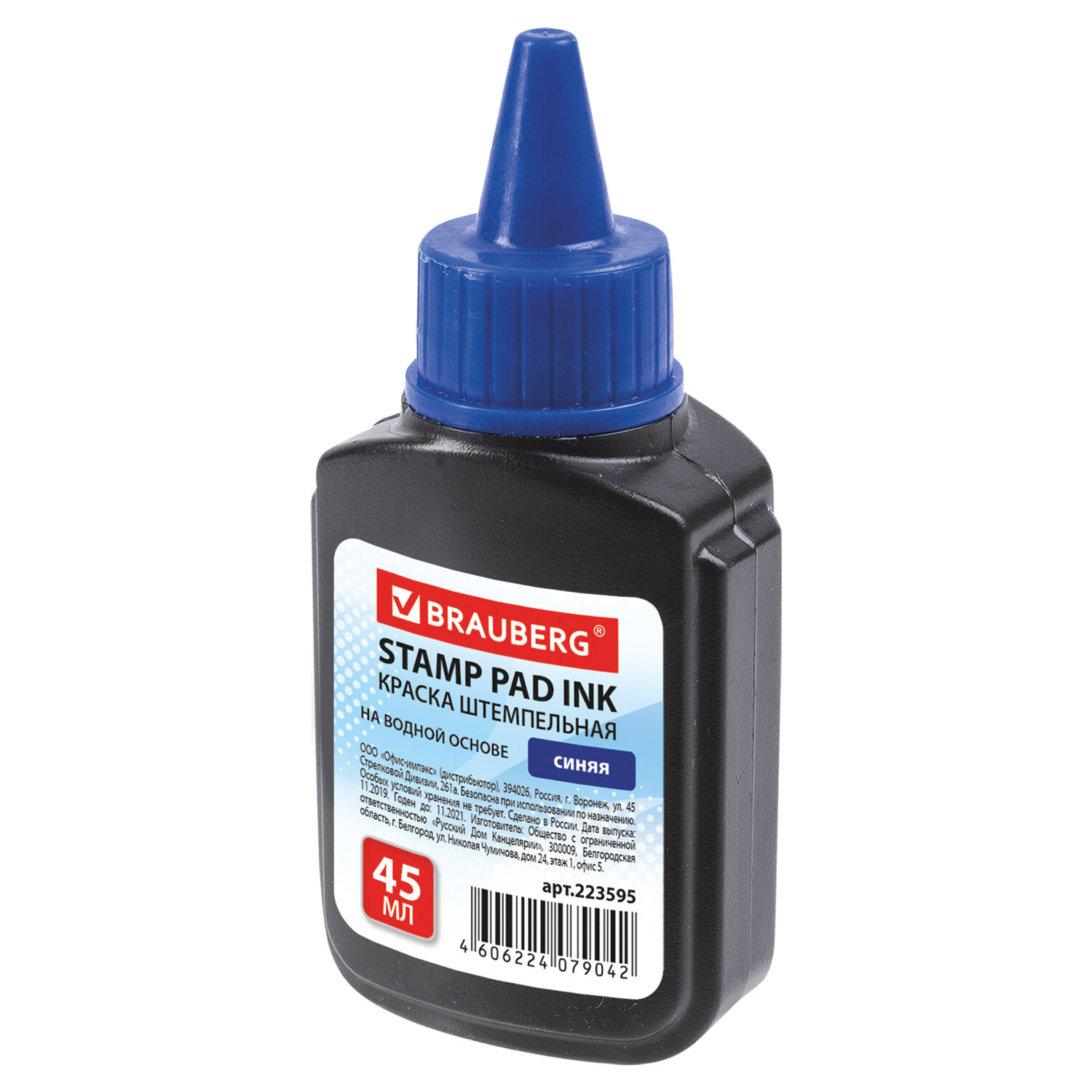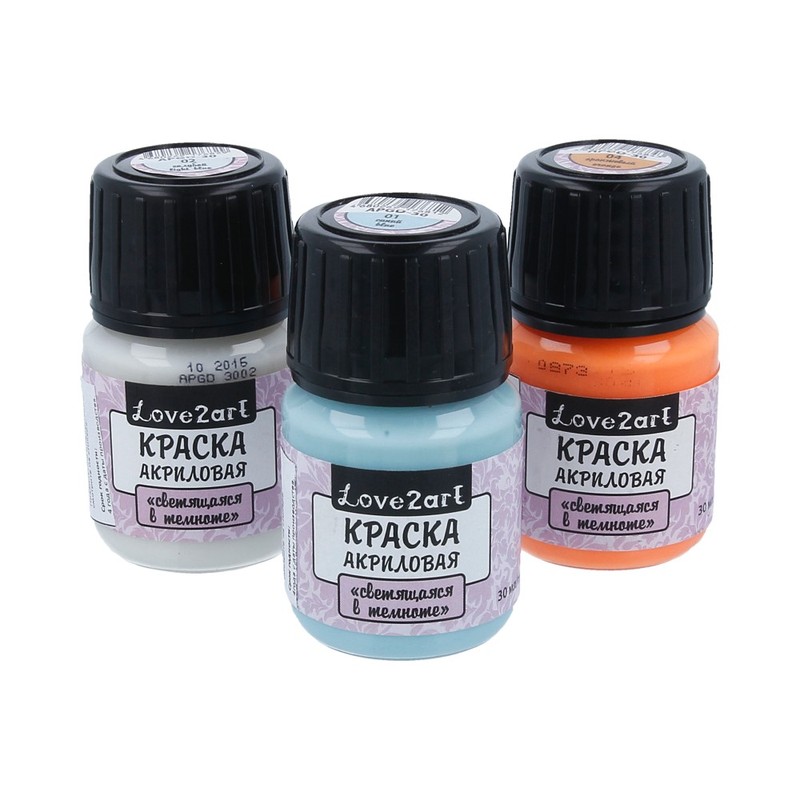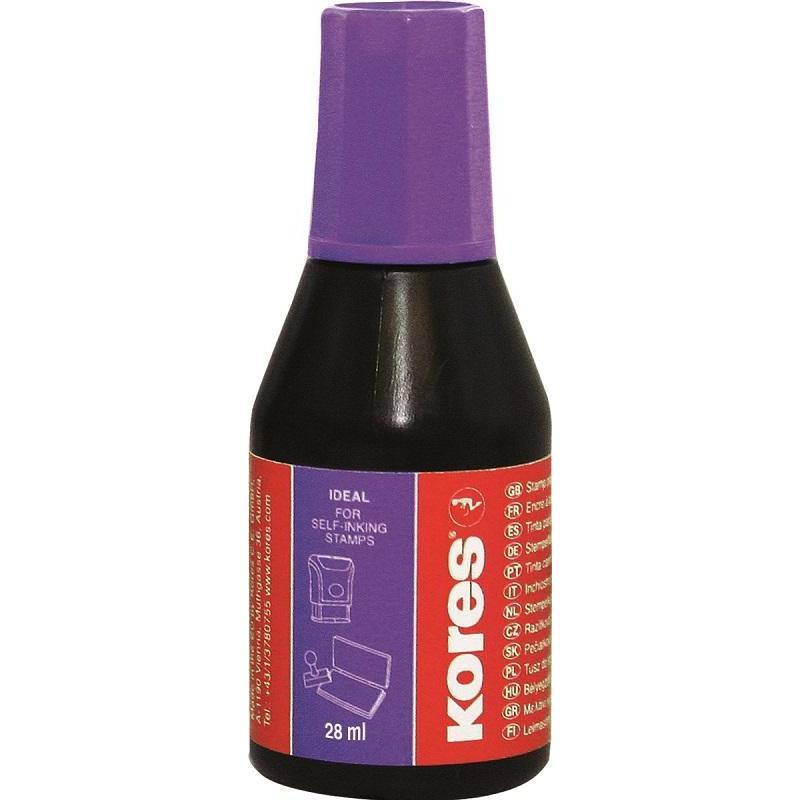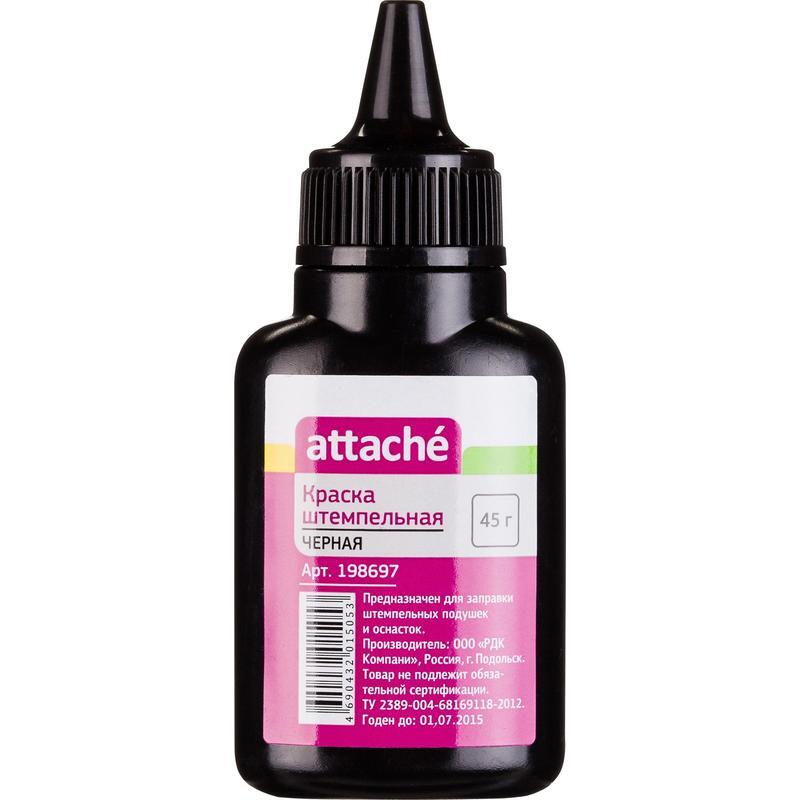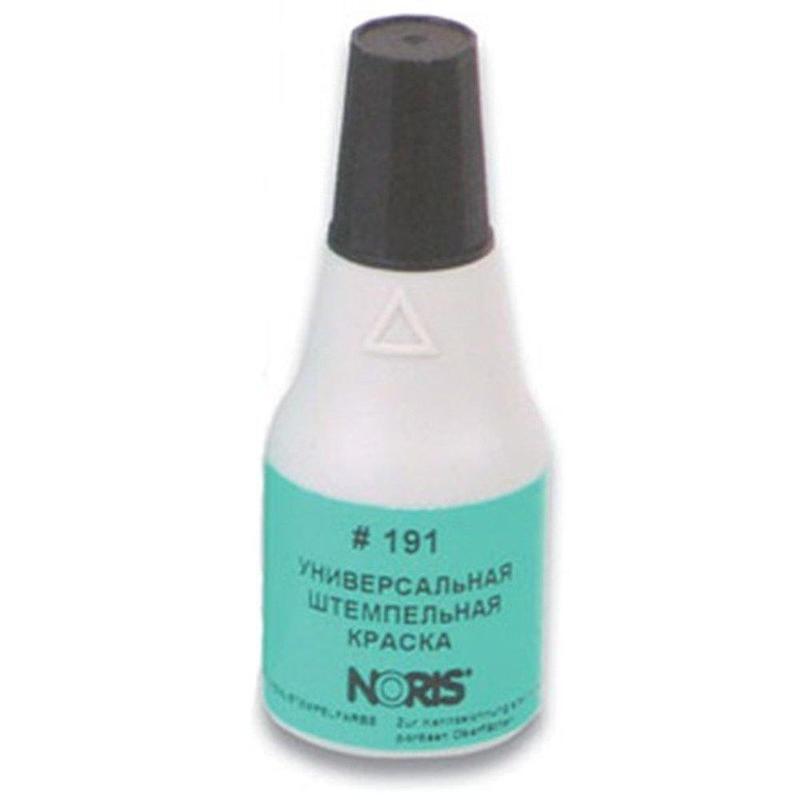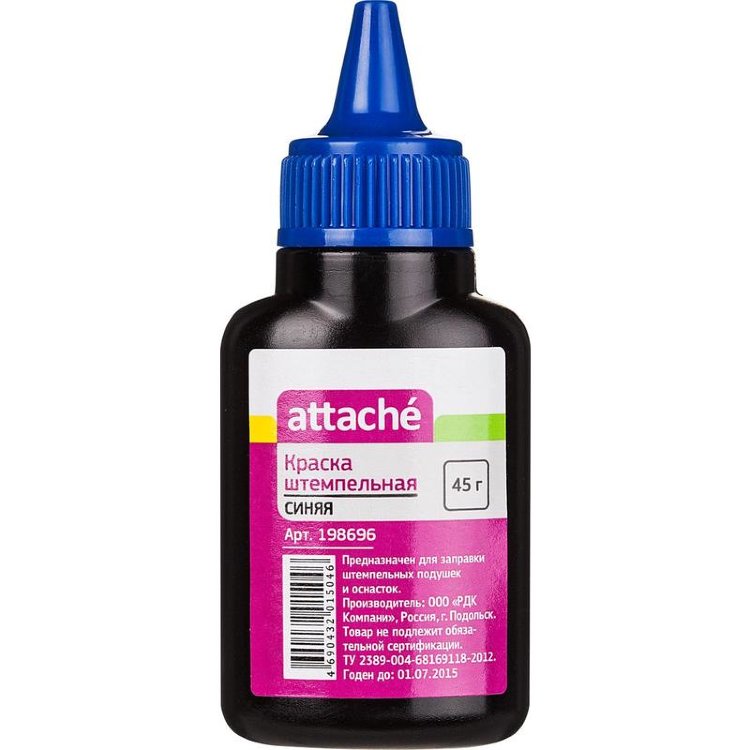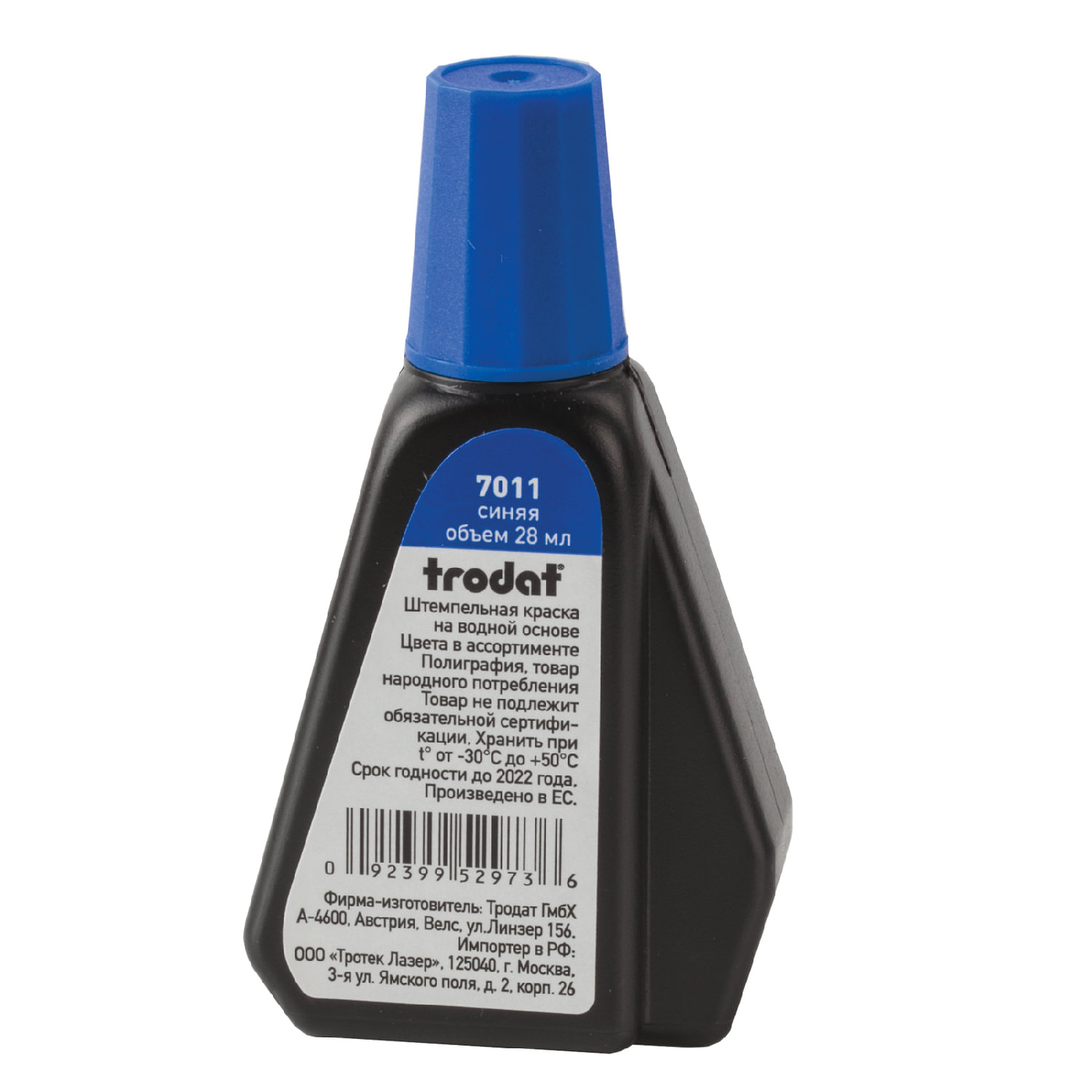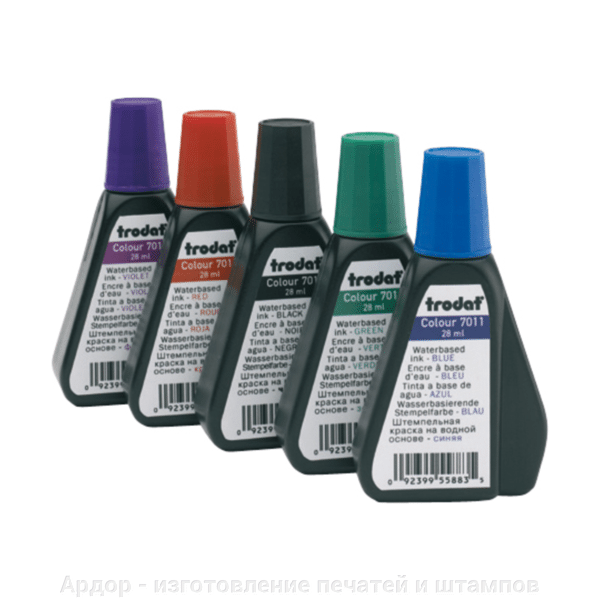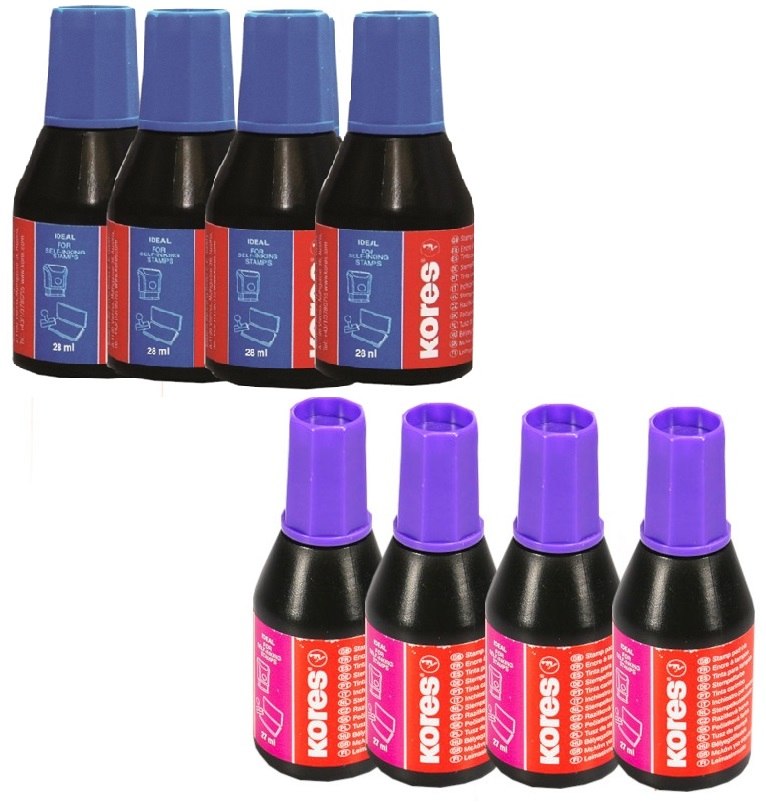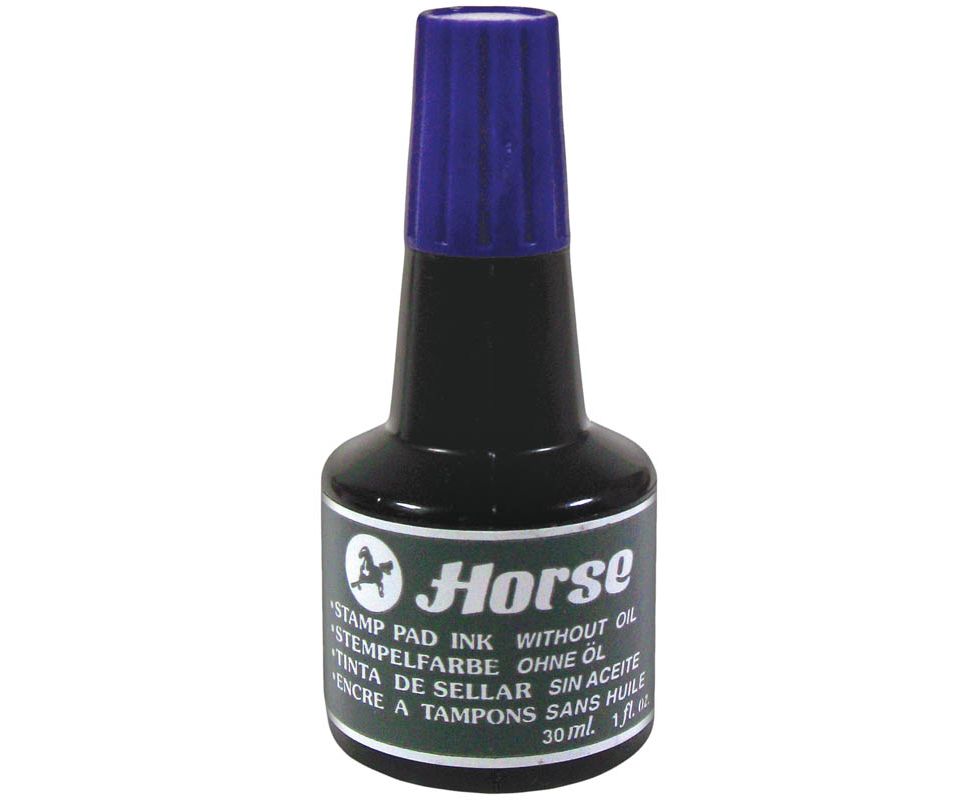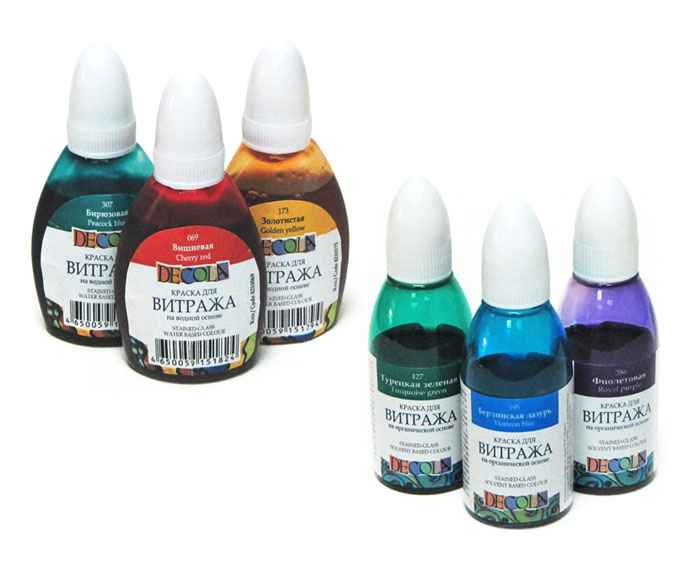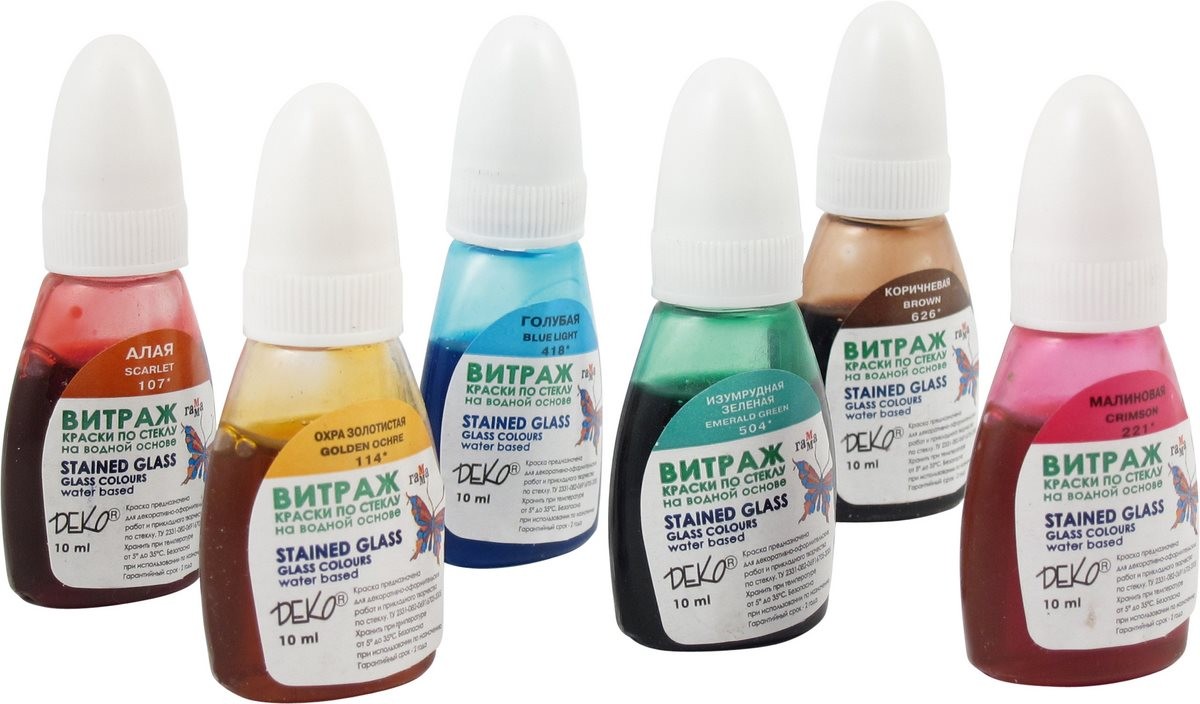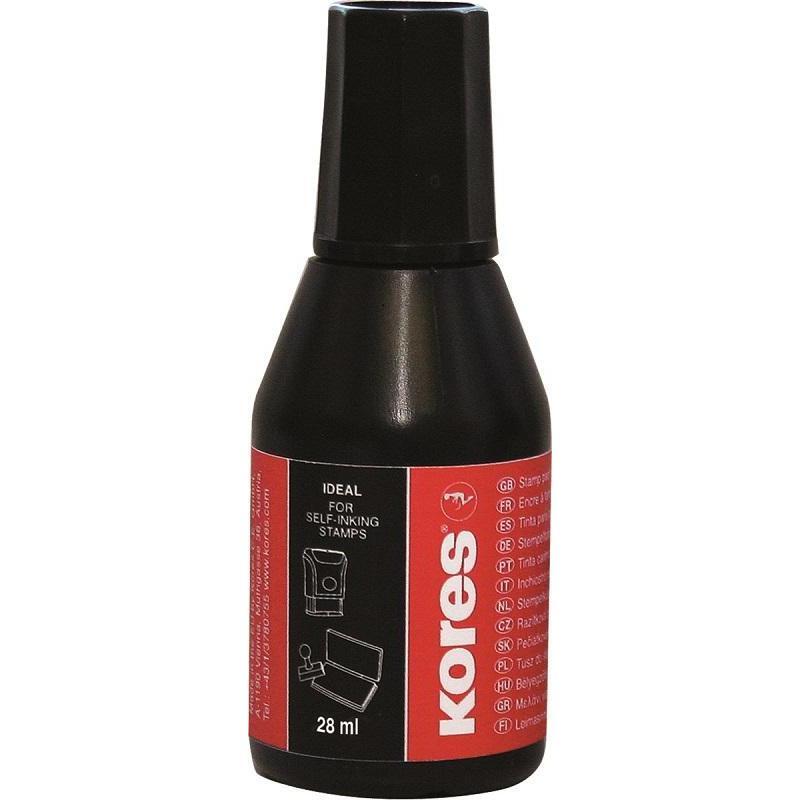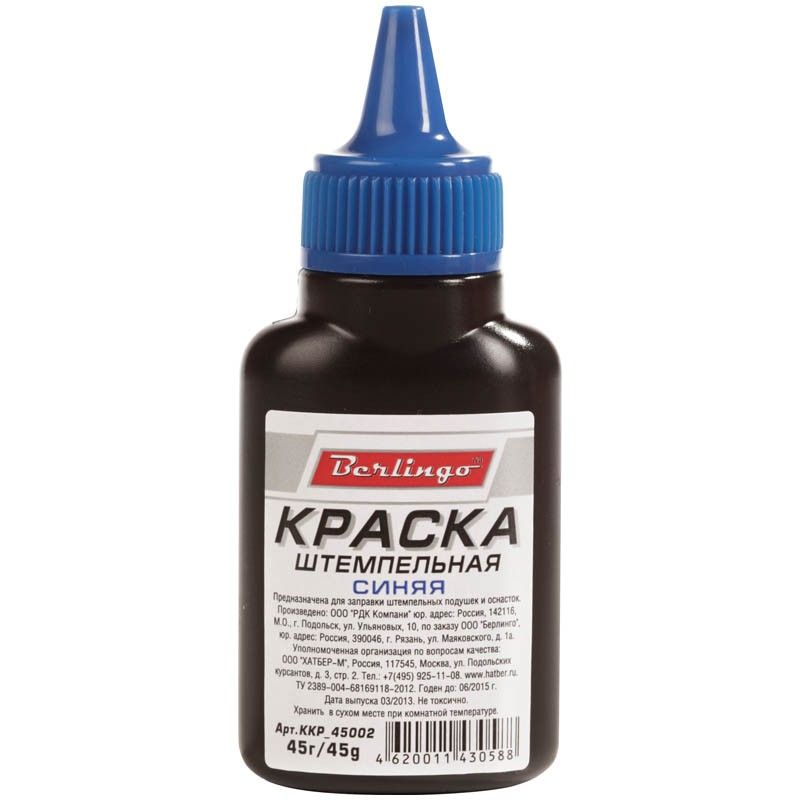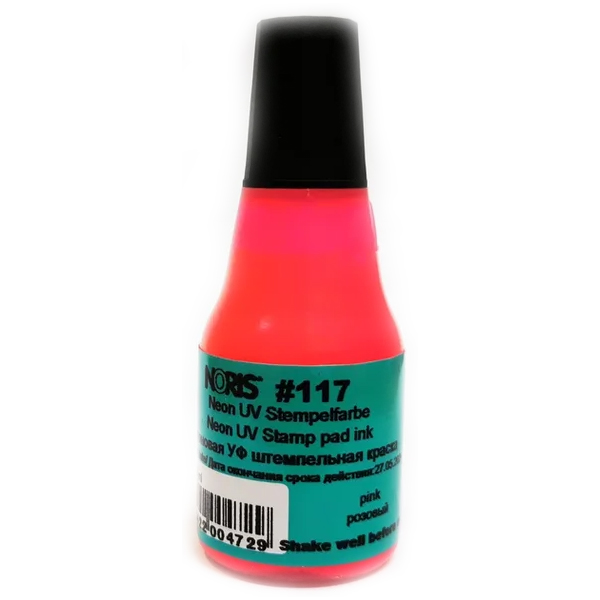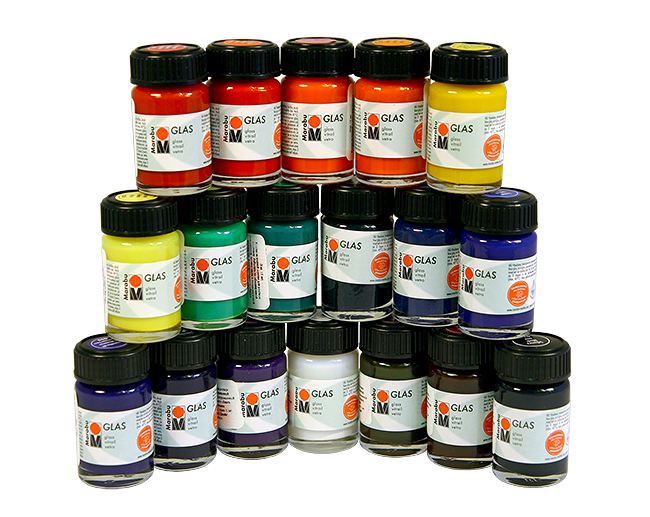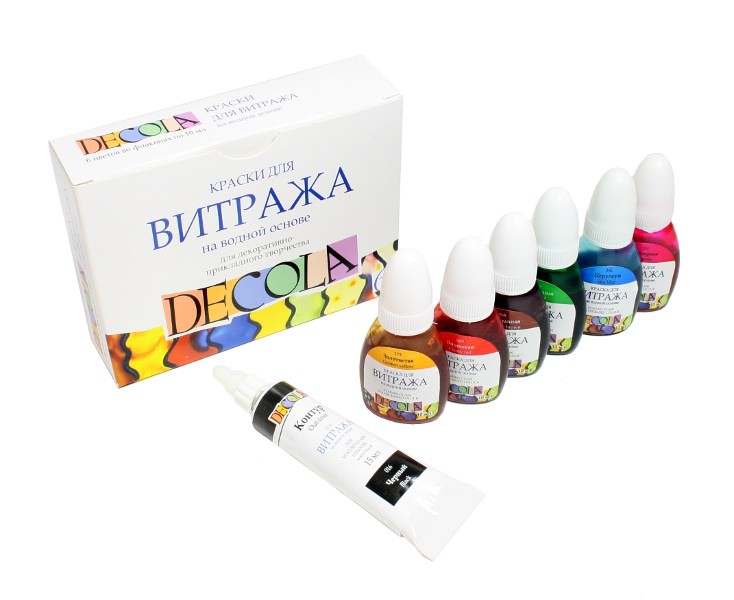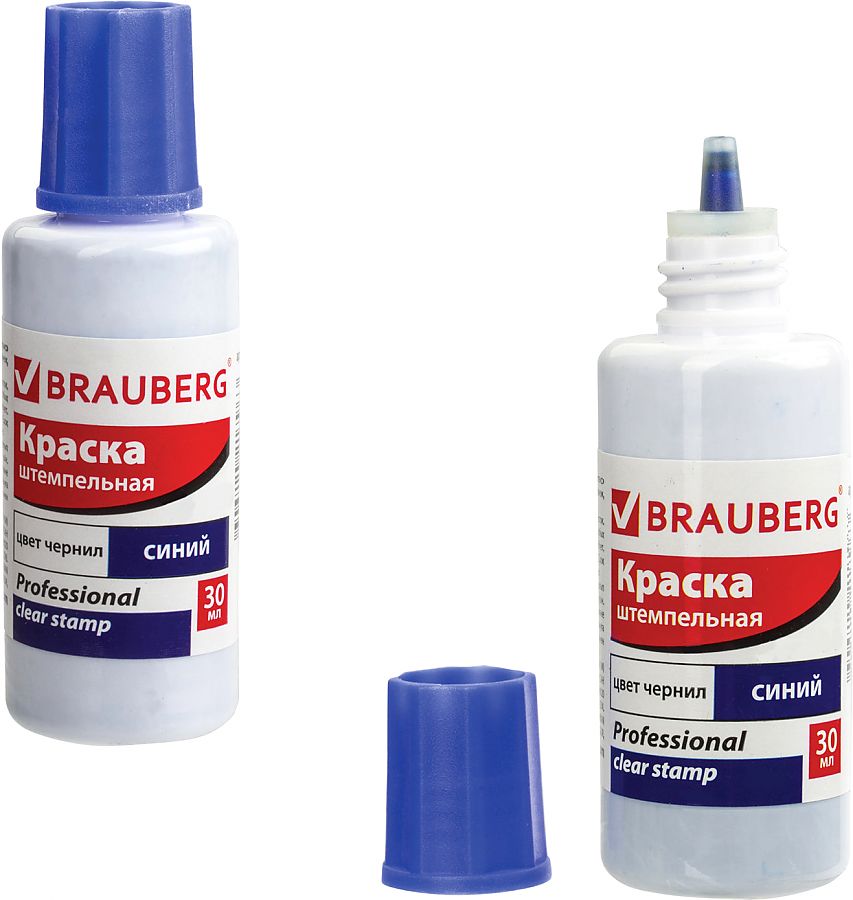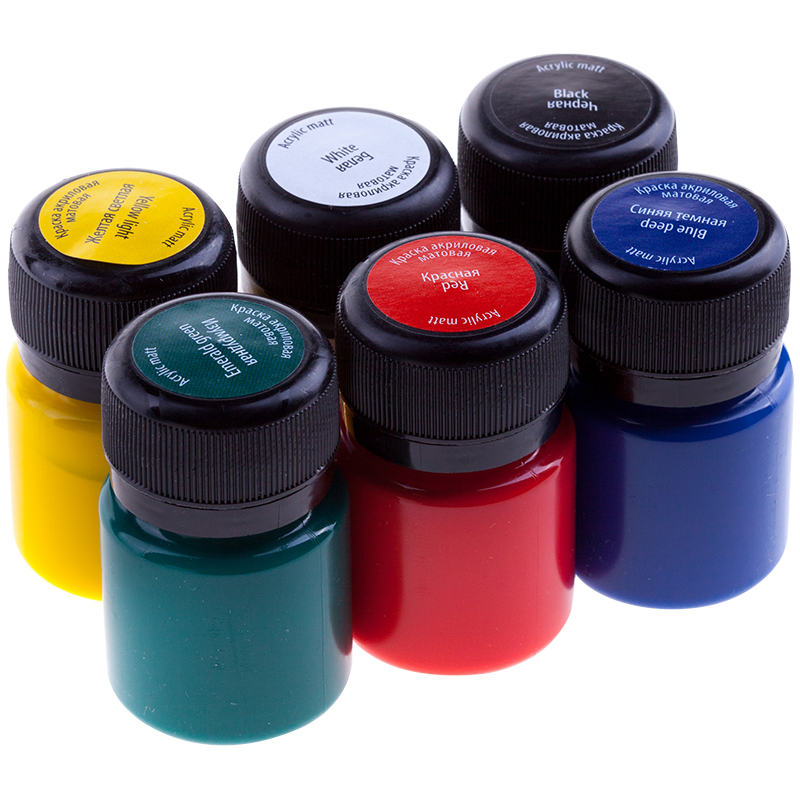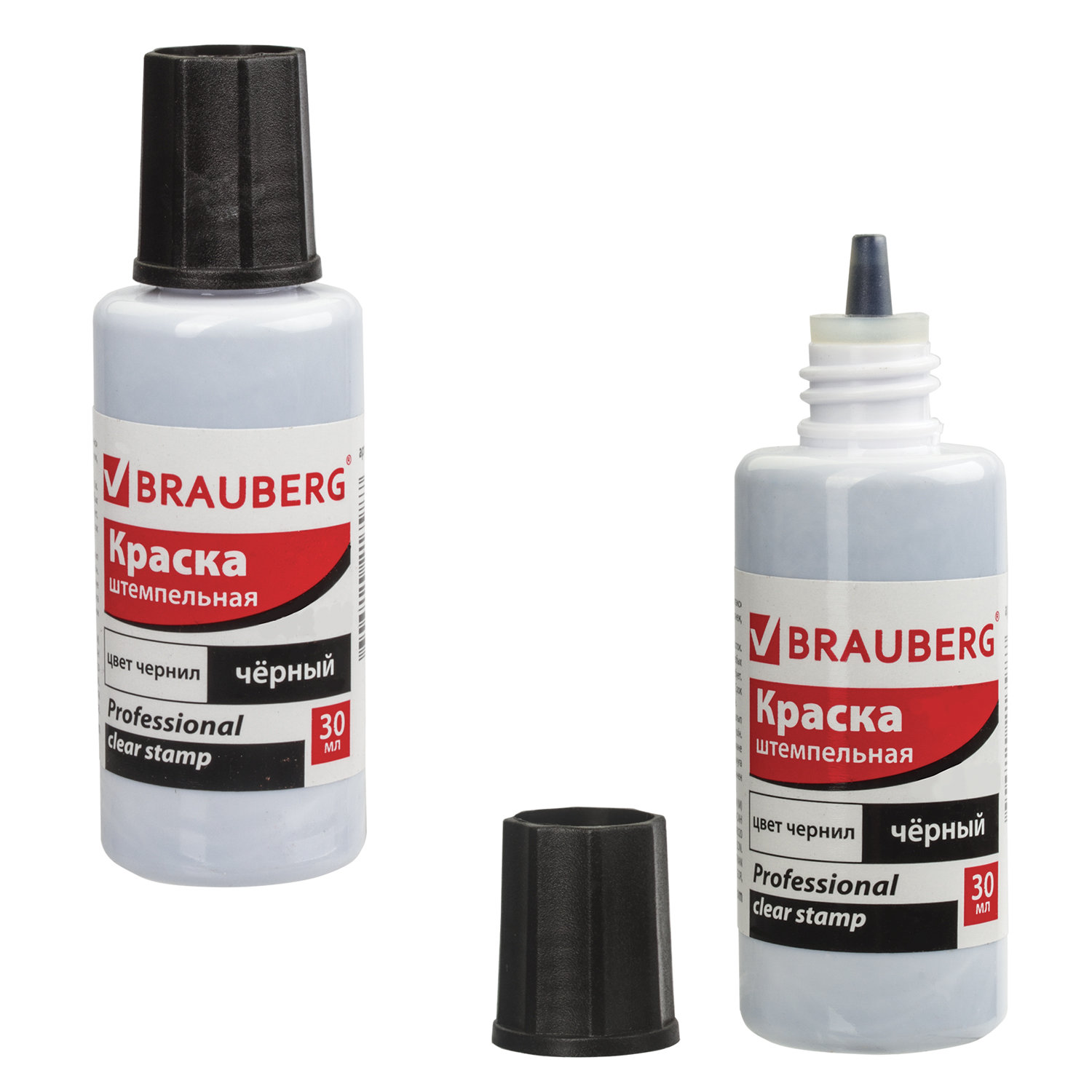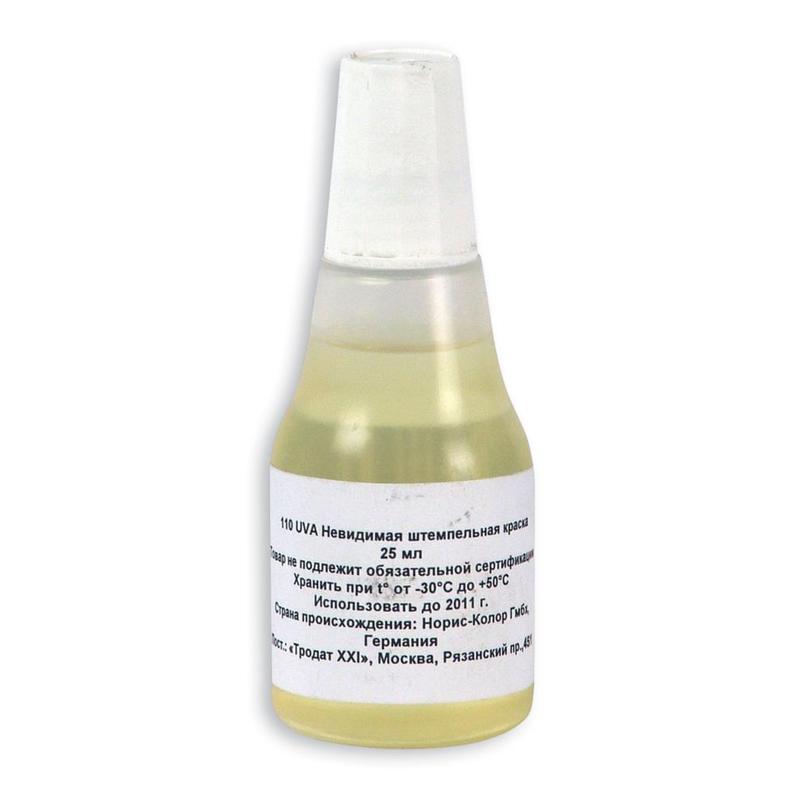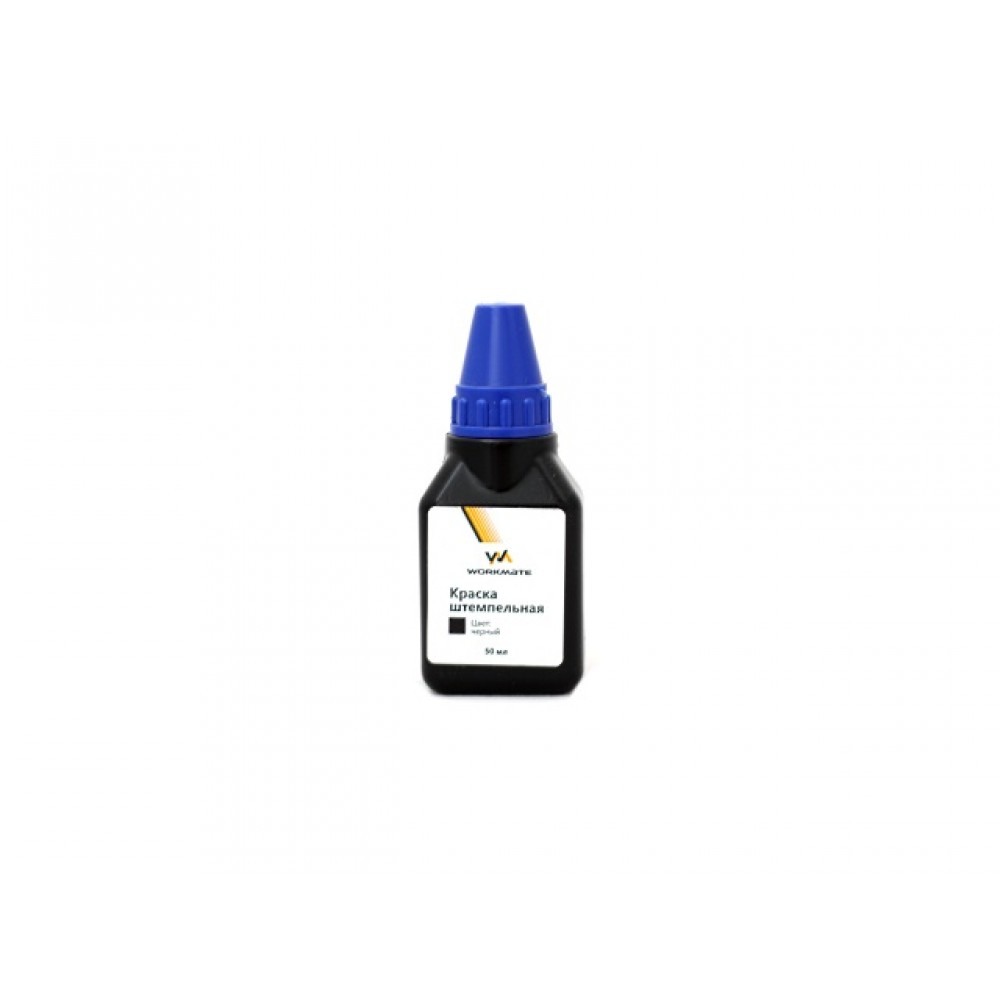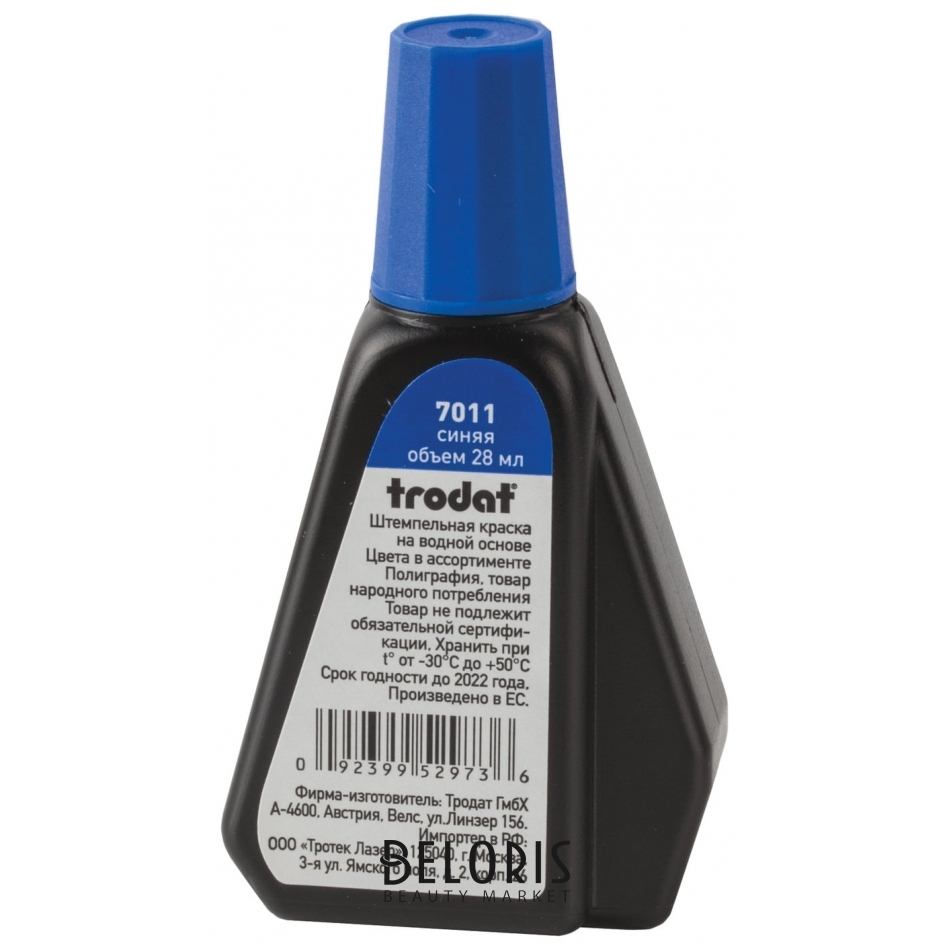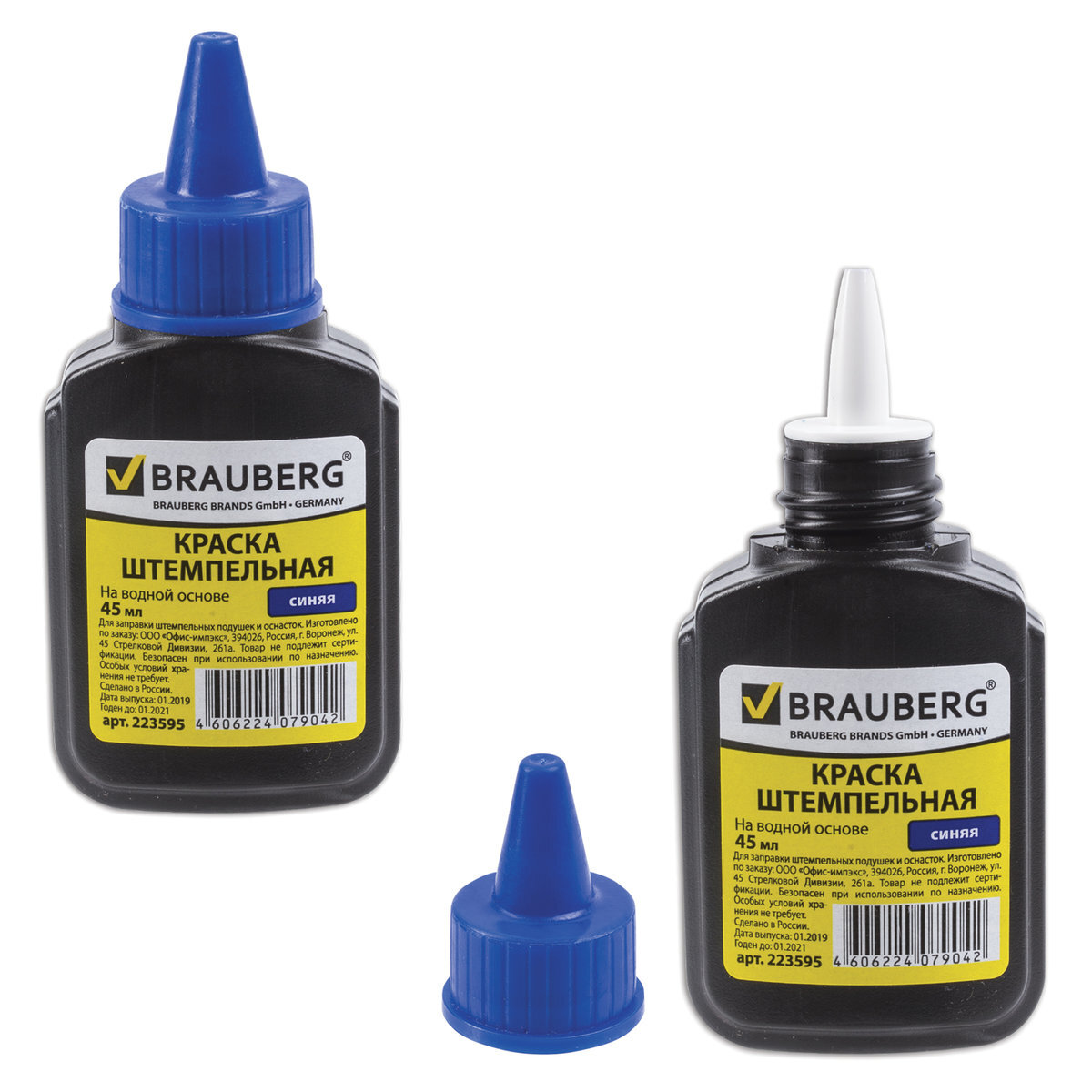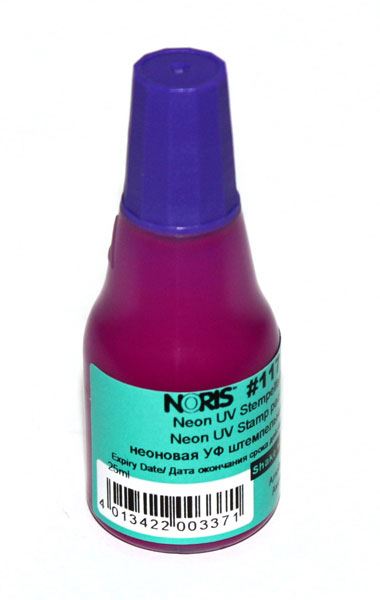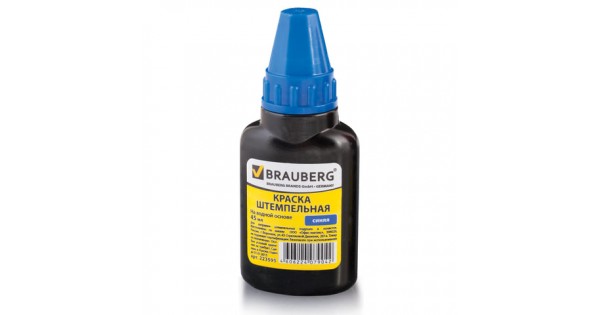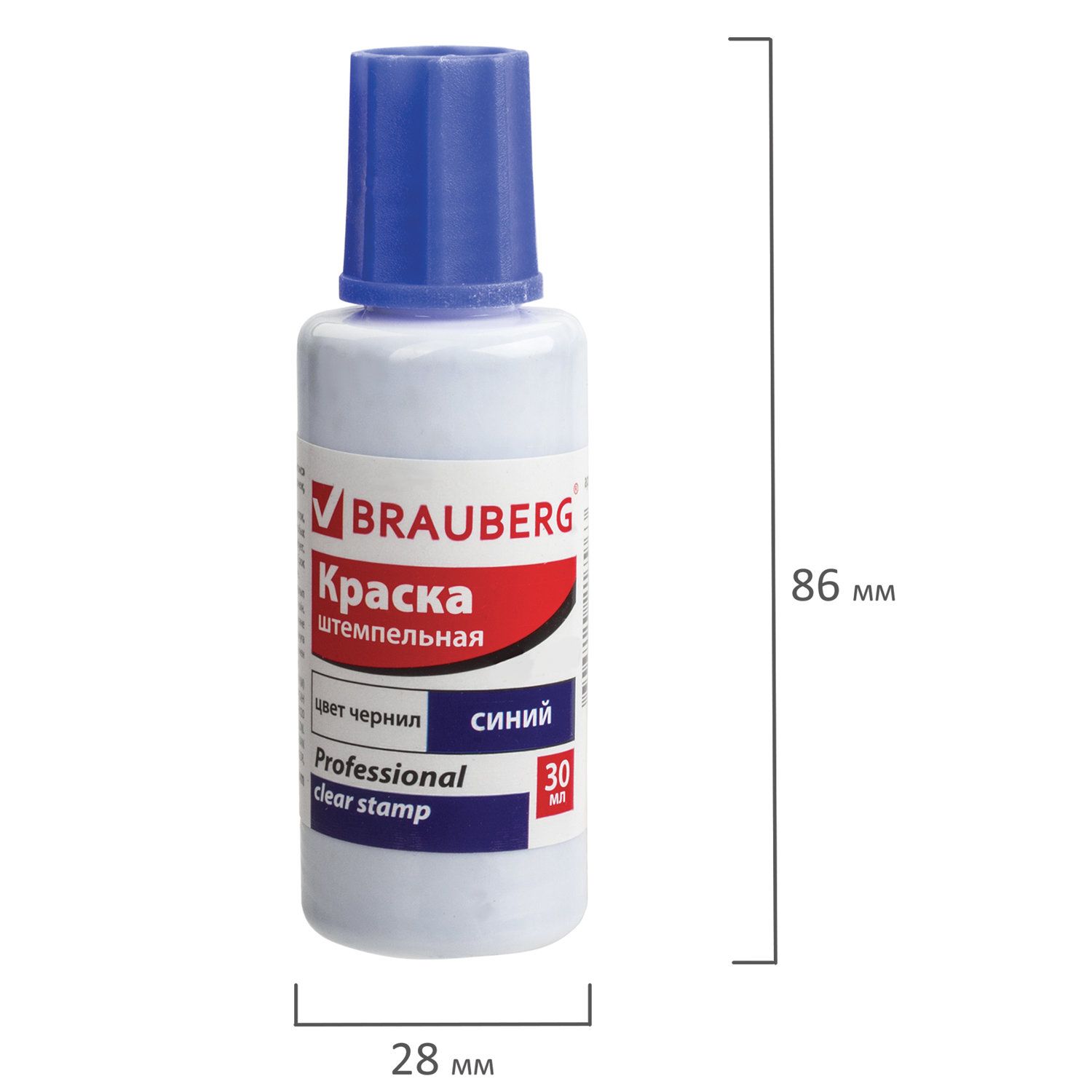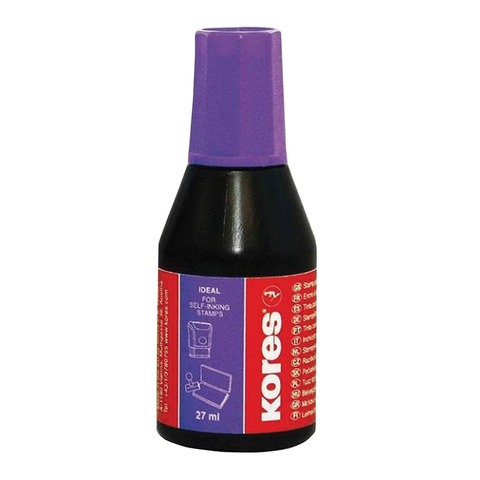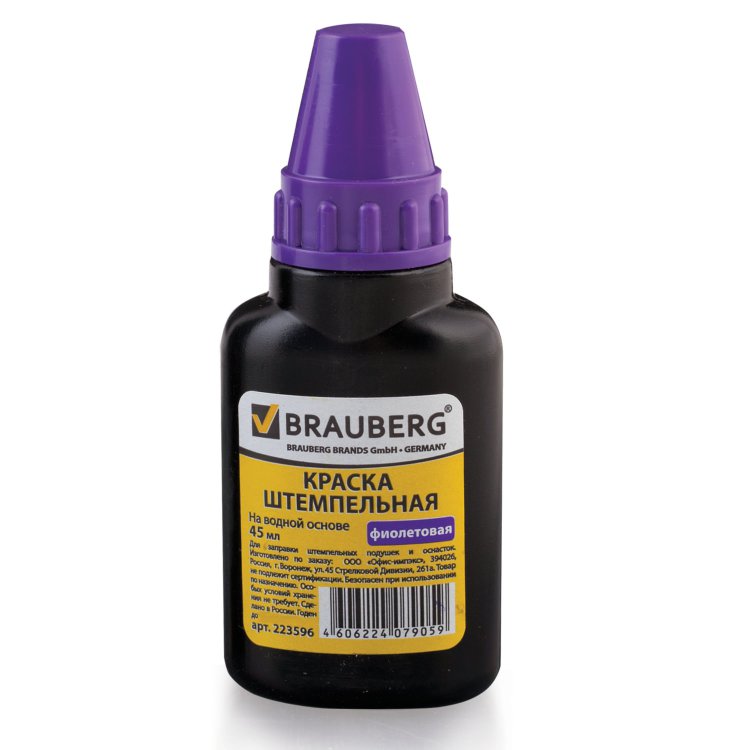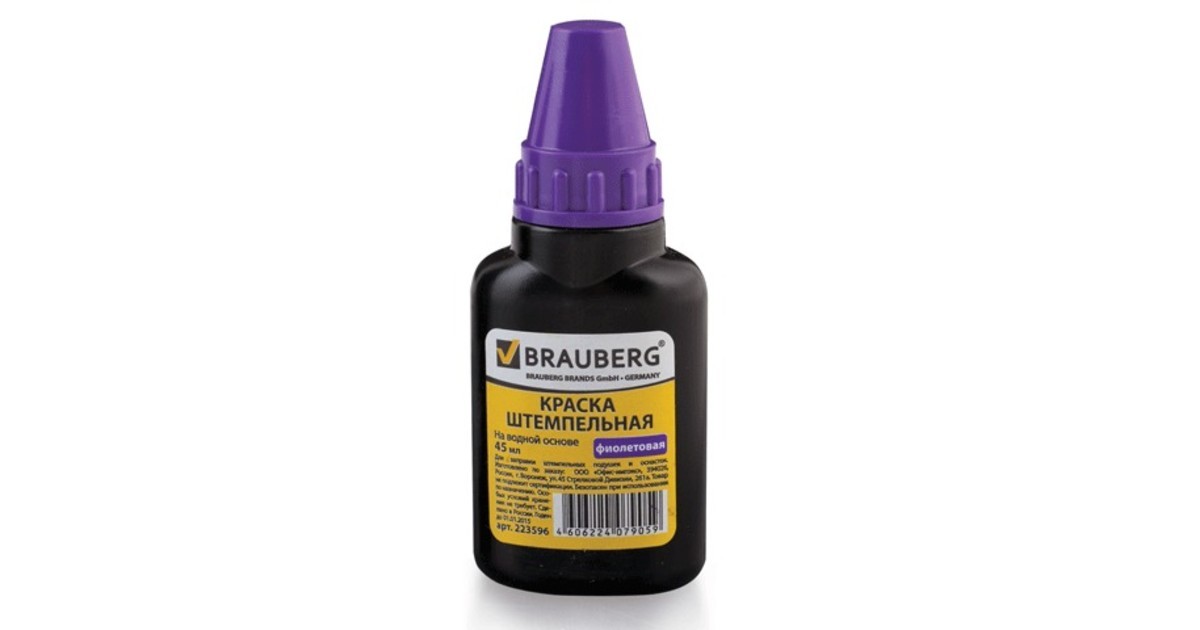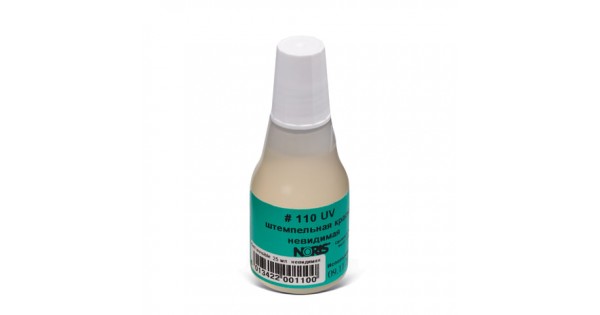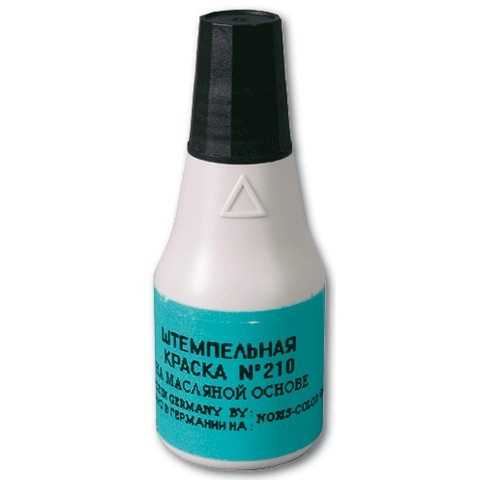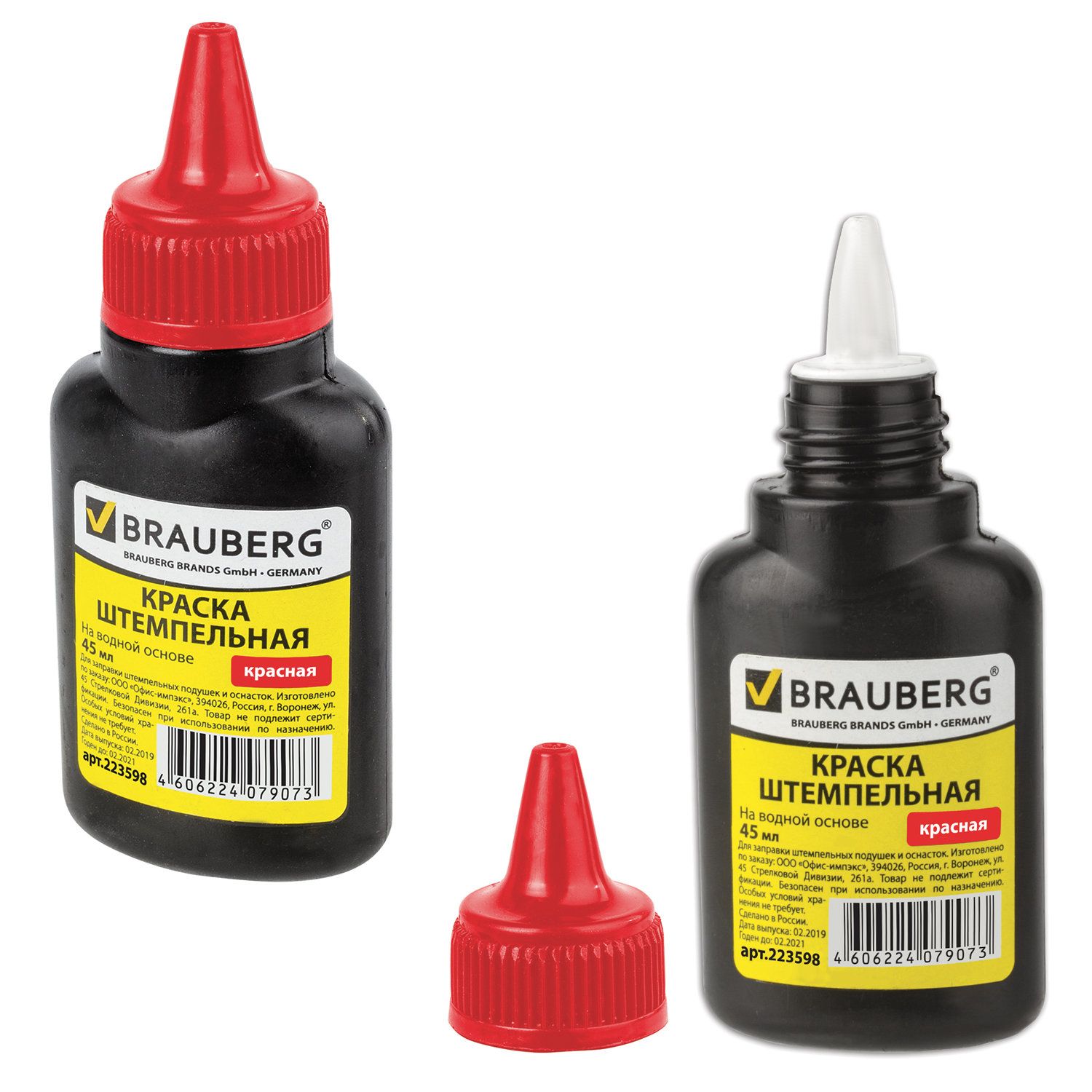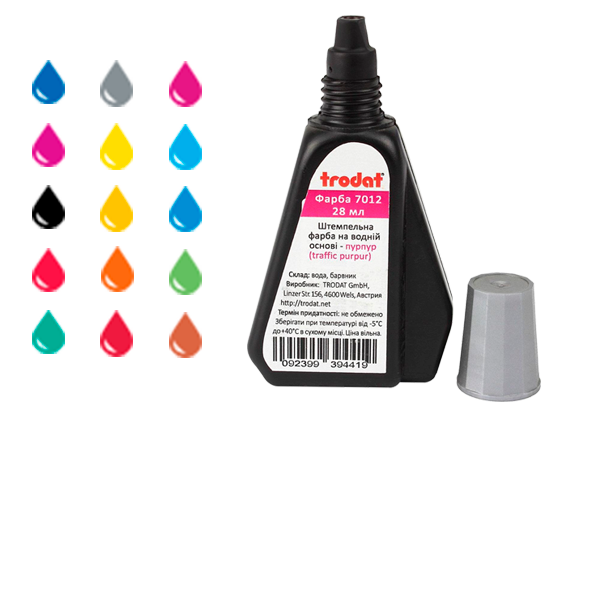Color application
With the help of a color scheme, you can achieve the embodiment of absolutely any designer's idea. The very process of combining paints and varnishes and a color pigment is called tinting.

Using the color scheme, you can get quite rare paint colors, such as gold, silver, copper or bronze. The following types of surfaces can be treated with paint mixed with color:
- Concrete.
- Brick.
- Plaster.
- Drywall.
- Wood.
- Particleboard and fiberboard.
The use of the pigment composition will be needed in the following cases:
- Defects when applying the first coat of paint.
- A shade that matches the designer's idea is required.
- Several tones of the same color are required to decorate the walls.
- Lack of paint that was previously used in stores.
- In case of an error when choosing a paint color in the store.

You can mix color with paint both at home and by contacting professionals. Color matching and mixing can be done using computer technology.


Application
Stained glass paints have their own application technology. First you need to purchase:
- a set of stained glass paints;
- outlines for drawing on a glass surface;
- ready-made stencils, which, if desired, you can make yourself;
- ethanol;
- brushes;
- cotton buds;
- toothpicks or a needle.
Before painting with stained glass paints, you should choose a pattern. You can take freely available templates and stencils for copying. Further, all work is carried out in stages and in a certain sequence.
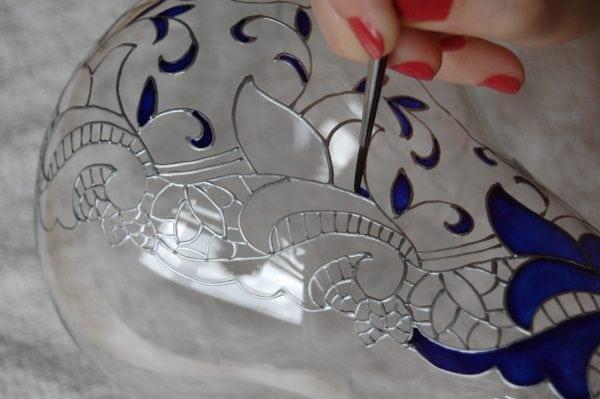
Before painting the glass, degrease it with alcohol. If you have the talent and skills of an artist, then a pattern is applied with a marker. Otherwise, you can fix it on the back of the product or transfer it to the front side from the stencil through a carbon copy.
The contour must be carefully cut around every detail, avoiding gaps. Then you should wait for it to dry completely, the time of which is indicated in the instructions.
Stained glass paints are applied with a drop method, and then spread with a brush from the center to the periphery in an even thick layer. Errors must be corrected immediately with cotton swabs, preventing the coating from drying out.
Having painted all the details in the same color, you need to thoroughly rinse the brush, wipe it dry and start working with a different shade. Stained glass paints form air bubbles in their thickness, which can be removed with the help of a needle or a toothpick. To speed up the drying process of the finished pattern, you can use a hair dryer.
Acrylic coating
Painting on glass with acrylic paints also begins with degreasing the working surface and applying the pattern on its own or using a stencil.
While do-it-yourself stained glass paints are applied only to the contoured drawing, this is not necessary for their acrylic counterparts.
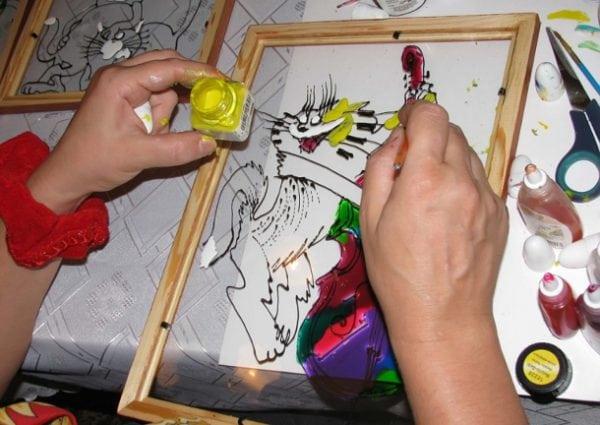
If you make a contour, then the image will resemble a stained glass window. And without using it, the pattern will be stylized as a painting.
After drying, items of kitchen sets must be coated with heat-resistant varnish to increase their service life and preserve the colorfulness of the drawings.
It is worth considering the fact that decorative, heat-resistant water-based acrylic paints dry very quickly, but for durability they require baking in the oven.
Using balloon coatings
Spray paints are most commonly used for painting large glass items, although professional artists use them to decorate small parts as well. This can be done without having rich drawing experience by using stencils or construction tape.
In specialized stores, you can purchase the following types of aerosol formulations:
- oil;
- heat resistant;
- acrylic;
- latex and others.
Most often, spray paints for stained glass and other glass products have an acrylic base.
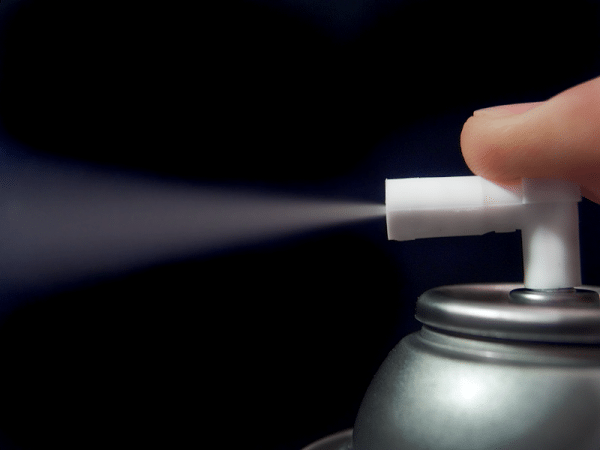
Also, the production of heat-resistant aerosol material for processing some types of tableware has been established.
The advantages of aerosol materials include:
- quick readiness for use;
- the ability to penetrate into hard-to-reach places;
- good adhesive properties;
- long shelf life without changing quality characteristics;
- no tools required for application;
- resistance to abrasion and fading;
- rich color palette;
- high drying speed.
Despite the abundance of advantages, spray paints also have some disadvantages:
- the inability to dilute the paint with a solvent;
- complex application technique;
- the obligatory use of stencils for drawing small details - this increases the consumption of expensive paint;
- aerosol materials of different colors cannot be mixed;
- use of personal protective equipment such as goggles, mask or respirator while spraying.
By applying aerosol acrylic paints, you should strictly follow the instructions in order to avoid the formation of drips and other flaws.
When decorating glass surfaces in the open air, you should choose a calm, cool weather.
You can fix the applied drawing with clear acrylic varnish.
Stained glass paints Vitrail, Pebeo
No matter how much I work with them, I cannot stop admiring their ability to spread and form a perfectly smooth surface. At the same time, errors during application are easily corrected with a cotton swab and are completely invisible in the finished work or painting.

The eyedropper is a great tool for filling large, flat surfaces.
There are no traces of using a brush, pongee or eyedropper on them, so you can work with them with any tool. To fill large surfaces, I use the eyedropper, a miracle tool, and then apply the brush. I'll tell you that this super handy item turns out to be!
Of course, Pebeo manufactures thinners, clarifiers, contours and everything you need to work with these paints. That is, the artist always has the opportunity to embody all his images in a painting on glass using only Pebeo products.
By the way, this paint fits perfectly even on canvas!
Shines and shimmers in those places where stained glass paint was applied. Examples of stained glass work on glass and fabric surfaces can be found in the Gallery.

Fragment of a video lesson on painting a glass table and gilding with gold leaf
On sale there are 26 transparent and 10 opaque paints, 7 relief contours with thin noses, various mediums, solvents and craquelures ... and that's not all!
In shops in France you can find lead tape in a roll of several meters, to imitate real stained glass windows!
In general, I can warn you: if you buy Pebeo stained glass paints and work with them only once, and you will understand that you will not want to work with anything else. Please note only that the name "Pebeo" is not used anywhere, you only need to search for the spelling in Latin.
What is paint color
The word "color" is translated from the Latin "color" as a color or tone. In the chemical industry, color is a special highly concentrated pigment composition, with which you can get almost any shade of paint. Moreover, not only water-based, but also facade, oil, acrylic products can act as a basis. Depending on the concentration of such a pigment composition in the paint, you can achieve both rich and bright colors, and muted, pastel shades.
What is it needed for
The use of color schemes helps property owners to translate almost any design ideas into reality. The process of mixing and diluting a paint and varnish material with a pigment is called tinting. Its use is suitable not only for finishing work inside the object, but also outside it. With the help of a special pigment solution, you can get unique shades, for example, you can give the paint a copper, pearlescent, bronze, golden hue.
Kohler can be used on concrete, brick, plastered walls. Compositions with its use can also be processed on other surfaces: plasterboard, wood, fiberboard, chipboard. The use of tinting is necessary in the following cases:
- the initial layer has small defects;
- you need to choose a shade in accordance with the color scheme of the interior;
- it is required to decorate the interior using several shades of one or more colors;
- you need to correct errors that have arisen when calculating the volume of paint or the absence of a color previously used.
Views
- With organic pigments. Products of this type are distinguished by a more saturated range of colors, but the paints and varnishes obtained on its basis lose their brightness and saturation over time due to exposure to sunlight. For this reason, formulations with organic pigments are not considered the best choice for facade paints.
- With inorganic pigments. Such products are more resistant to aggressive external factors, including burnout. True, such a color scheme for paint cannot boast of a wide range of shades.
Tinting rules
You can color the paint manually or by computer. Thanks to the first option, you can save a significant amount of money and perform the procedure directly at the repair site. There is also a drawback: it is almost impossible to reproduce exactly the same tone again. The second type of tinting is controlled by a special program. The operator only needs to choose the color of the color scheme, and the program itself will determine the proportions, after which it will give out the finished composition.
Having decided to dilute the pigment yourself, consider the technique:
- Decide on the required amount of color scheme. It is better to buy more initially than look for identical products later.
- It is recommended to select a color for painting surfaces with the manufacture of a probe. To do this, fill a small container with 100 mg of white paint and add a few drops of pigment to it. Get the desired shade by mixing.
- Check how the resulting composition looks on the wall or other surface to be painted. The color of the finished solution does not always match the shade of the paint and varnish applied to the wall. The result should be considered under the prevailing lighting in the room (artificial or natural), after the composition has dried.
- If you know how many drops you had to add to get the desired color, then by recalculating the consumption of the composition per liter of paint, you can dilute and get the required amount of color.
- You need to add the pigment composition to the paint and varnish material in a thin stream. At the same time, do not forget to mix everything thoroughly to get a concentrated composition with a uniform color.
Scope of use
Looking at a surface with a mirror shine, the question arises - what is nitro paint, what is it for, the service life of a glossy coating.
Nitrocellulose enamel was produced as a composition for processing cars. But the coating was unstable (maximum 3-5 years), the application process was laborious, and in this area the enamel was abandoned over time.
Today the dye is used as a decoration and decoration material. It interacts with bases:
Primed metal. It contains: a composition of pigments and fillers diluted in alkyd varnish. Nitroenamel paint is not applied to oil and acrylic primers.They reduce adhesion. Primer GF-021 is used: Soil GF-021 quick-drying Empils, price 75 rubles / kg. Nitro-primers are used: for example, Yaroslavl ZKM Nitro-primer for metal anticorrosive gray, can of 1.7 kg, price 1127 rubles.

Nitroenamel for metal is applied with a brush, roller. But since the tenacity with metal is high, the coating layer can be thin. For metal, therefore, nitro paint is often used in spray cans. Aerosol paint Red Fox glossy color red 400 ml, the price is 162.0 rubles per container or 405.0 rubles / liter.
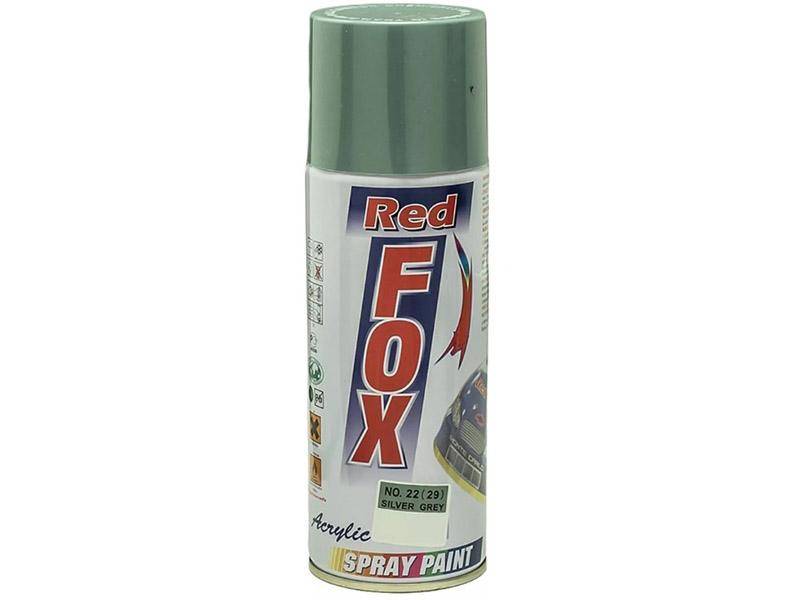
Wooden surface. Furniture, panels on the walls, window sills are decorated. But most often nitro-enamel is used for the floor. The high speed of drying of the coating is appreciated. Recommended Yaroslavl Paints NTs-132 nitro enamel for metal and wood, price 494 rubles / kg.
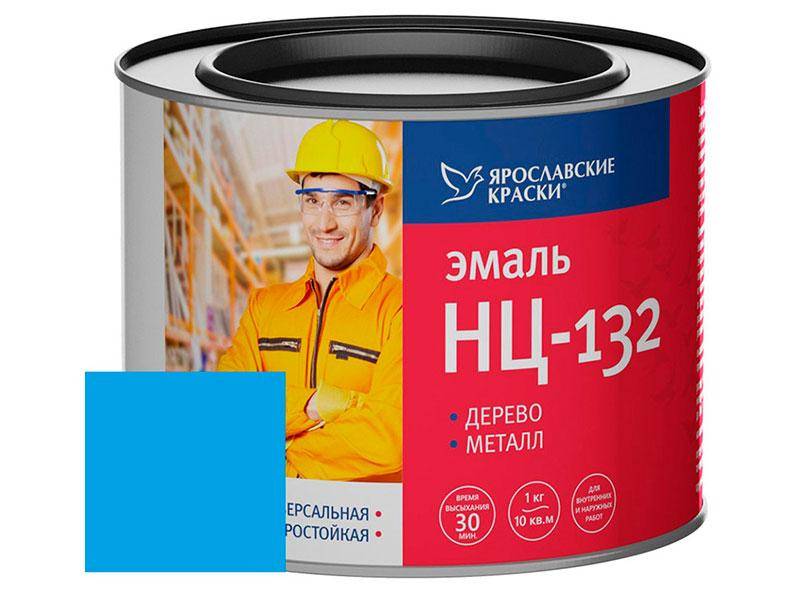
Modern finishing paint and varnish materials alcohol-thinnable stains are considered as an option for the use of nitromaterials. In these compositions, the defects of nitro enamels are not manifested. For example, a colored varnish based on nitrocellulose is used - Lakobeyts. It also has a high drying rate, high adhesion, and closes the wood pattern.
The plastered walls are covered.
Nitro marker paint is available for labeling. This is a special reservoir with a hard, sharp tip. Permanent marker on nitro paint Edding E8750, price 295.00 rubles.

What surfaces should be painted
It should be noted that not all surfaces are subject to mandatory painting. Many finishing materials already have a decorative coating from the factory. Consider the need to paint some building materials:
- Glass. The need for painting arises only if it is necessary to hide what is happening inside a room (in the old days, windows in public toilets were painted for this purpose). But glass paint is not the best option. Better to use stained glass or frosted glass.
- Hardware. Almost all metal structures and metal containers require a protective and decorative coating. Paints for metal are distinguished by increased abrasion and impact resistance, and most importantly, they must be moisture-proof in order to prevent metal corrosion. Exceptions are products that are still at the factory coated with a decorative and protective layer (painting, chrome plating, etc.). It also does not always make sense to paint items made of stainless steel and other non-ferrous metals.
- Plastic. Plastic products (panels, window blocks, decorative inserts do not need to be painted, since they initially look very attractive. In addition, in order for the result of painting to have at least a slightly presentable appearance, it will be necessary to apply more than one layer of coating, since the paint on plastic lays down rather badly.But if, nevertheless, the need for painting arises, then first you need to walk over the surface with sandpaper to roughen it.
- Styrofoam. This material is a heater and is mainly installed under a decorative coating, so it also does not need staining. But in some cases, if the external protection has not been done (internal walls of garages, basements, etc.), it can be painted. But it should be borne in mind that paint for foam plastic should not contain chemically active substances (acetone and other solvents), since they destroy it.
- Wood and plywood. Wood paint is only necessary if you want to decorate them with an opaque coating and protect them from moisture. Not so long ago, almost all wooden and plywood products (doors, floors, window frames) were covered with paint, but now special stains and a protective varnish are most often used for this.
- Concrete. As such, concrete walls are generally finished with an additional topcoat (plaster, panels, etc.)and therefore concrete paint is used only in technical and industrial premises.
Views
There are several types of water-based paints. They, in turn, differ in composition and in their characteristics.
Acrylic paint
In recent years, this paint has become one of the most popular water-based products. This is due to the affordable price and excellent exploitation of the material in the case. This product contains acrylic resins and various additives, due to which the product has a number of useful qualities.
The composition for painting wood contains special antiseptic components. The acrylic version is used in rooms with high humidity levels, as well as when working on building facades.
A clear advantage of this type of paint and varnish is a high proportion of wear resistance and strength. It reacts well to temperature extremes and is frost-resistant. It is also resistant to sunlight, so the brightness of the coating remains for a long time.
This species also has disadvantages: it is quite capricious in relation to irregularities and poor-quality base. Due to the specifics of the composition, a matte finish is obtained.
Latex paint
Even more moisture resistant than acrylic. It is perfect for use in the bathroom and kitchen, and can also be used to paint the floor.
Such a paint and varnish product is not so demanding on the quality of the surface than an acrylic one - defects of up to one millimeter can be perfectly hidden under 2 layers. Latex paint dries in just two hours.
Silicone paint
These paints have incorporated the best qualities of the previous two options. In addition, they have many more unique characteristics. This species has excellent vapor permeability, and thanks to its elasticity, it is easy to hide flaws up to 2 mm under it.
It is a very durable coating that is also fire retardant and suitable for a wide variety of surfaces, and can even be applied over old paint. According to its cost, it has the highest price in comparison with other types.
Silicate paint
It contains an aqueous emulsion based on water glass and coloring pigments. Such a product will perfectly withstand rain, snow, hail or the scorching sun. On the facades of buildings, it can look decent for up to 20 years.
Such paint for interior work will not withstand moisture, therefore it is unsuitable for a bathroom. It costs much less than the above options.
Mineral paint
More designed for indoor use in various premises. Unlike other representatives of water-based products, it contains cement and slaked lime.
She can easily paint concrete, brick or walk on plaster. After it dries, a special film forms on its surface, which perfectly protects against moisture, sun and household chemicals.
The composition of water-based paint is environmentally friendly, therefore, unlike oil and alkyd compositions, it emits only water vapor into the atmosphere.
Aerosol
Recently, this water-based paint has been very popular. It is very easy to apply such a composition in cans, and it dries quickly. It is necessary to spray the composition in 2-3 layers, then the pigment is applied in a more even and dense layer. It can be removed from the surface within 30 minutes using a damp sponge.
Stamp ink
In addition to alcohol and oil, it can also be water-based. Usually this product is sold with a glycerin component. Due to its composition, it is perfectly absorbed into paper.
Well suited for desktop and removable stamp pads, and due to the safe composition, the paint will not destroy its cliché.
Along with the classic shades for the stamp, the manufacturer offers very bright and original colors.
Flex paint
This water-based paint contains acrylic polymers. It is used for printing drawings and texts on glossy and coated paper.
Rating of alkyd paints 2019
Enamels from leading manufacturers have been tested and have earned high marks from professional experts as well as ordinary consumers. On their basis, for 2018, a rating of alkyd paints was compiled, which are recommended for the use and treatment of various types of surfaces.
| Category | Name | Price | Specifications |
|---|---|---|---|
| The best alkyd paint for wood |
TEX enamel for wood and metal PROFI, 2.7 l |
RUB 949 | Durability of the coating, odorless. Low price. |
| Tikkurila Miranol, 2.7 L | 2200 RUB | The jelly-like consistency provides a low consumption of enamel, ease of application and no smudges. Virtually no, no. | |
| Dulux Domus, 2.5 l | 1800 RUB | Semi-gloss oil-alkyd paint for wooden facades. Covering in the form of a dense elastic film that cannot be damaged. | |
| Best outdoor alkyd paint | Tikkurila Unica Ulkokalustemaali, 2.7 L | RUB 2500 | Semi-gloss paint. Designed for painting wooden and metal surfaces inside and outside the premises. |
| Capadur UniversalLasur, 2.5 L | 2690 RUB | The composition contains antifungal components. The wooden covering reliably protects against mold. Without smell. | |
| Alpa Element LA-007, 1.8 L | 490 rbl. | A universal paint for the protection of any elements exposed to temperature and humidity changes. Strong, good covering ability. | |
| The best alkyd paint for interior use (odorless) | Kraffa Classic Enamel PF-115, 2.7 l | RUB 639 | Used for indoor and outdoor use. High percentage of resistance to weathering. Consumption: 0.15 kg per 1 sq. m. |
| PF 115 Triol, 2.2 L | RUB 2500 | After three layers of application, the coating is bright, high-quality, with a glossy sheen. Complete drying in 10 hours. | |
| Tikkurila Empire, 2.7 L | RUB 1,500 | When applied, the structure is dense and does not flow. Ideal for painting radiators and garden furniture. Without smell. | |
| The best alkyd paint for metal | Dulux Master, 2.5 L | 1800 RUB | The protective coating is resistant to moisture and dust. Possesses high adhesion to metal, withstands prolonged temperature exposure. Suitable for processing radiators and metal structures outdoors. |
| Heat-resistant enamel Certa, 0.8 kg | RUB 400 | The most resistant to high temperatures in the range. Withstands up to + 900 ° С. It can be applied even inside the hearth of a stove or fireplace. | |
| Alpina Heizkorper, 2.5 L | 2460 RUB | Enamel for heating radiators. Can be used for intermediate and glossy topcoats. Scope of application - radiators, hot water pipes, fireplaces. | |
| The best alkyd paint for auto | Colomix, 1 l | from 800 rubles | After processing, the surface acquires a mirror-like luster, good mechanical properties, color and gloss stability. It contains corrosion inhibitors and lightfast pigments. |
| Mobihel, 1 l | 1020 RUB | Car base paint, ready to paint, metallic effect, mother-of-pearl. | |
| Vika-60, 0.8 kg | from 570 rub. | Natural drying synthetic enamel. It is applied on anticorrosive primer in 1-2 layers with an intermediate exposure of 15 minutes. | |
| The best alkyd floor paint | Varnish PF-266, 2.2 kg | RUB 460 | Reliable floor finish that protects wood from fungal infections and mold. The service life is 5 years. |
| Enamel PF-266 Prestige, 2.8 kg | RUB 380 | Forms a durable and durable coating. Can be washed, brushed, detergent and abrasive. | |
| Betolux Aqua Tikkurila, 0.9 L | RUB 960 | Designed as protection and decoration for wooden, concrete floors and stairs. The coating is resistant to fading, abrasion and chemicals. High drying speed. |
Modern decorative paints
Modern decorative paints allow you to create thousands of different in their structure, color and method of coating. Thanks to the latest developments in the field of decorative materials, paints have been created that amaze the imagination with their beauty, which at the same time can be applied to any surface and used in rooms for any purpose.
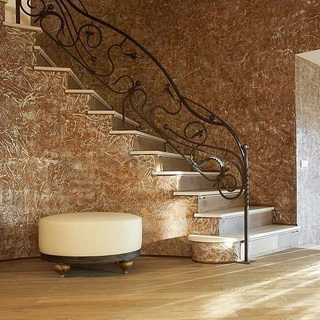
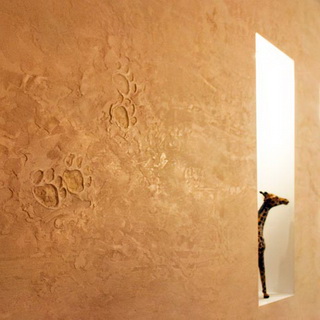
Working with modern decorative paints is more like the work of an artist than a painter.The application of some formulations represents several technological operations and involves the use of various and unusual tools, and the work of creating a surface texture is not always within the power of an ordinary master, since certain skills are required to perform it. Nevertheless, the latest decorative paints allow you not only to create a cozy atmosphere in the house, but also to embody your wildest design fantasies.
All types of decorative paints are created on the basis of aqueous dispersions of polymer film-formers using vinyl acetate and acrylate copolymers. The filler is calcium carbonate, the particle size of which is no more than 10 microns. In order to achieve the required consistency, thickeners and texturing agents are also added to the paint.
Associative substances on an acrylate or polyurethane base or water-soluble cellulose ethers act as thickeners, and structured additives are represented by kaolin, bentonite, amorphous highly dispersed silicon oxide and water-soluble silicates.
Matting additives regulate the degree of gloss. The decorative effect of the coatings is due to the addition of high-viscosity silicone with organic solvents, original pigments or fillers to their composition.
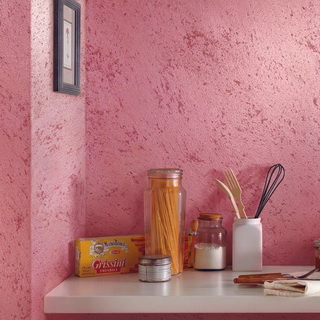
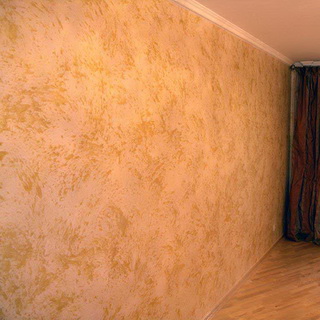
Shades of decorative paints are very diverse. Some of them are available in only one basic white color and are intended for further tinting.
In addition, it is not recommended to tint white coatings on your own - inept actions can lead to a decrease in their quality.

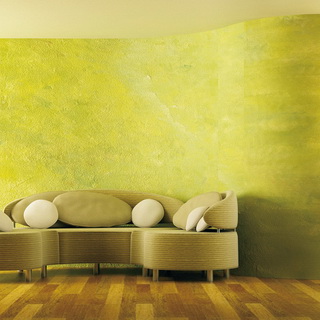
A distinctive feature of decorative paints is their variety and the uniqueness of the resulting coating. The paint dries quickly, so the surface painting can be completed within 24 hours and the resulting coating can be wet processed and cleaned.
Decorative paints are not intended for outdoor use - they can only be used indoors.
The composition can be applied to both latex and oil paint, but it cannot be mixed with latex-based materials.
Forms of issue
On sale now you can see various forms of release of the same paints. This is due to the purpose of this composition, the type of surface to be painted. The convenience of a product depends on its type of packaging.
Spray paint can be used on furniture, metal or plastic. In this form, the spray will help decorate certain items.
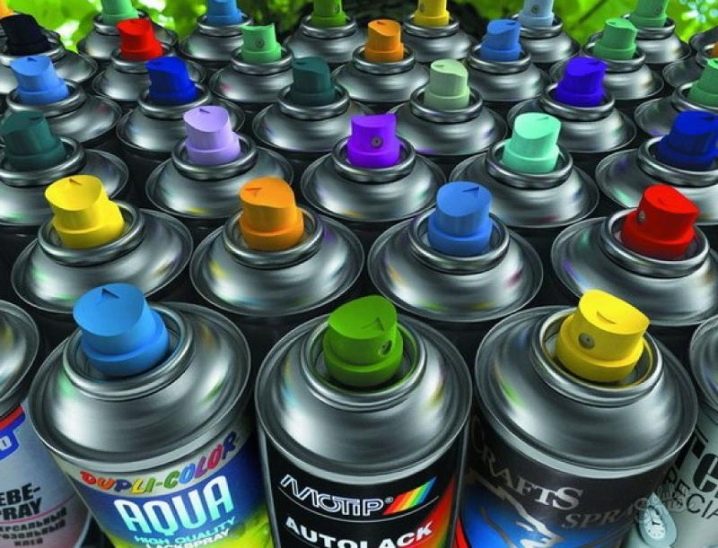
The main advantages of aerosols:
-
ready for use, you only need to shake the balloon several times;
-
ideal for small parts of surfaces, as it has the ability to penetrate into the recesses of objects;
-
ease of transportation;
-
variety of colors;
-
has a high drying rate;
-
the ability to make color transitions;
-
unlike bulky cans, open cans with leftover paint do not dry out.
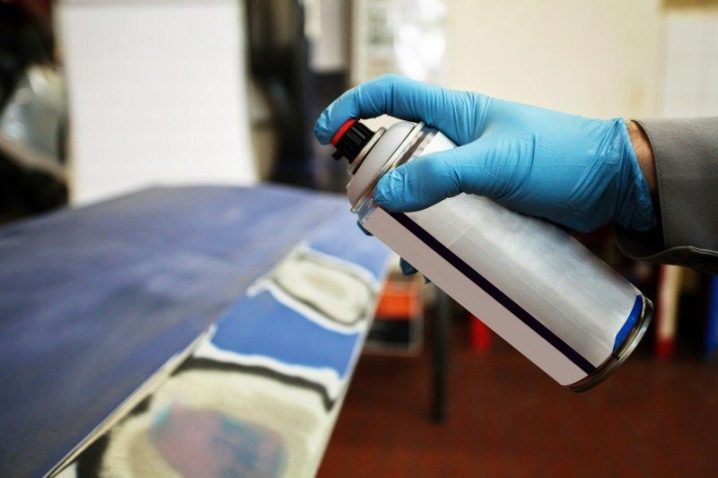
Disadvantages:
-
it is impossible to mix different shades;
-
requires certain knowledge to work with aerosol containers;
-
no solvent can be added;
-
if painting is carried out outside, then work should be carried out only when there is no wind.
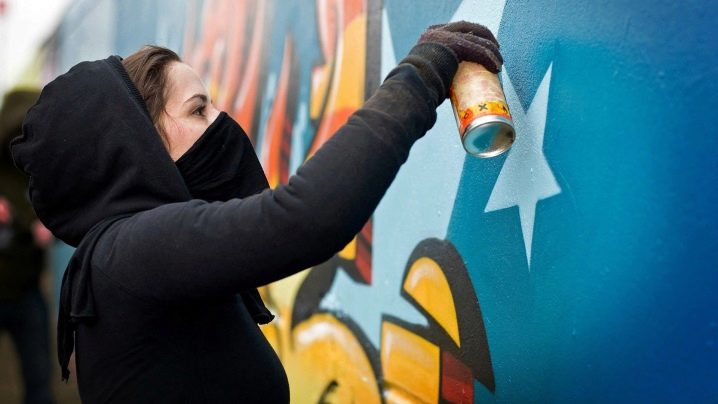
Design
Acrylic interior paints are wildly popular because they look attractive and can transform the decor in a particular room.
Recently, pearlescent paint has been especially popular, which resembles silver or gold with its unobtrusive shine. Its distinctive feature is that it can be safely used in both artsy and classic or modern styles.
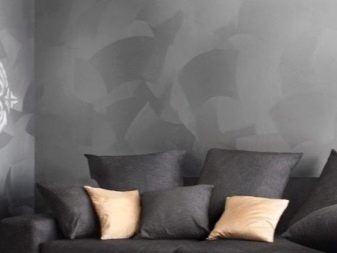

For example, in an elegant classic interior with natural wood furniture and decorative dark sculptures, delicate chocolate mother-of-pearl walls decorated with large paintings with carved frames will look amazing.
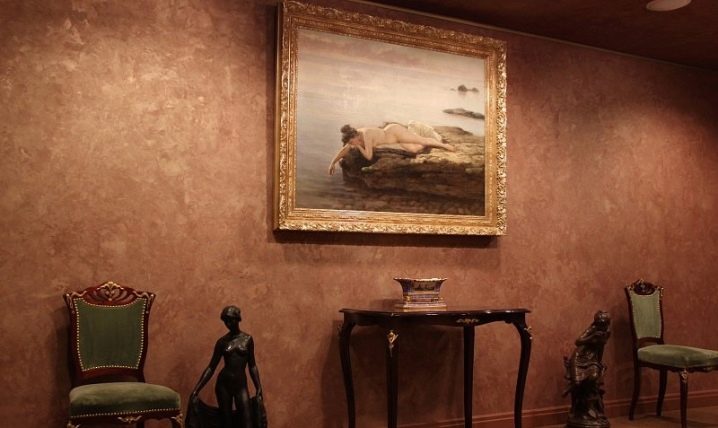
As for modern styles, pearlescent acrylic paint can become a real highlight of the interior. So, in a futuristic black and white bedroom, the space behind the bed can be trimmed with a black mixture. This area will look very stylish and fashionable.
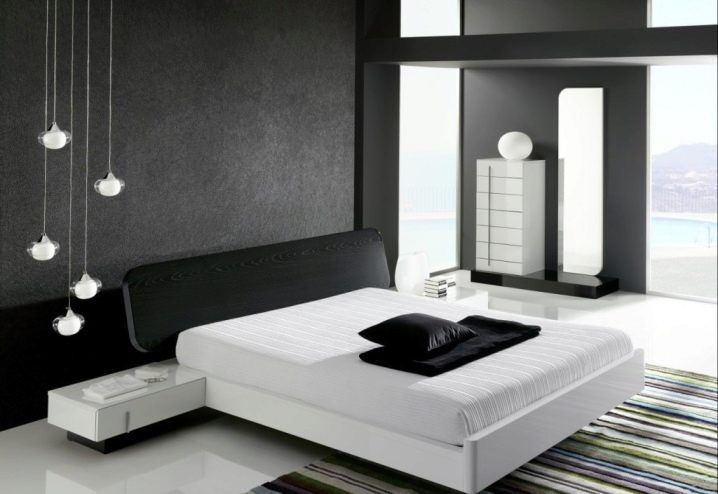
White pearlescent paints are universal. They look organic in many styles, refreshing them and making them much brighter. Against the background of such walls, all pieces of furniture and decor will stand out, and the space itself will seem more spacious and free.
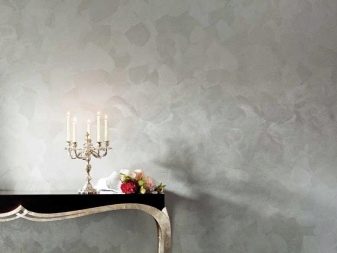
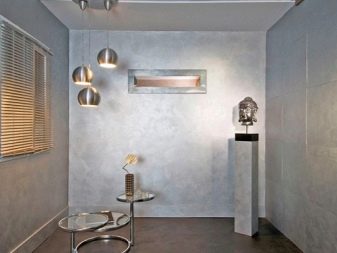
Glossy acrylic paint is another popular option. It looks very impressive and expensive. It can be used not only for wall decoration, but also for ceiling decoration.
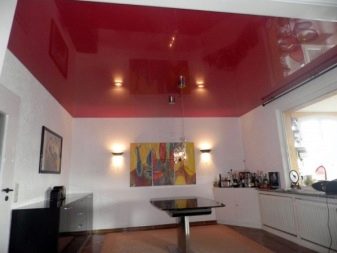
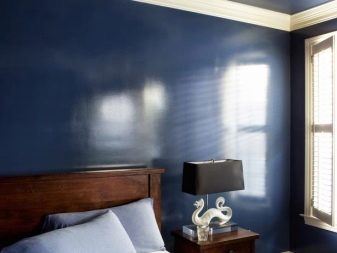
Glossy surfaces look great in modern and progressive ensembles. Against the background of such finishing materials, pieces of furniture using glass or metal (painted or chrome-plated) will look especially organic and stylish. Moreover, if you install enough lighting fixtures in a room with glossy paint, then it will seem much more spacious and roomy.


When choosing a similar finishing material for the decoration of a particular room, you should remember that you should not overload the space with a large number of decorative details. If there are too many different (no less bright) elements against the background of unusual walls with sparkles, then the ensemble may seem too colorful.
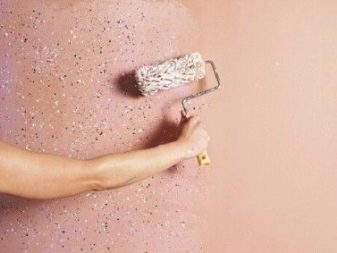
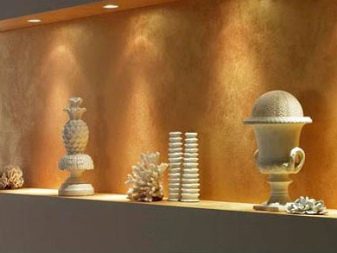
As for the standard colors, the following attractive palettes are most often used for the design of various interiors:
- Beige and cream;
- Caramel and light chocolate;
- Black and white;
- Blues and blues, as well as greens, purples and lilacs;
- Orange and yellow;
- Red and burgundy.

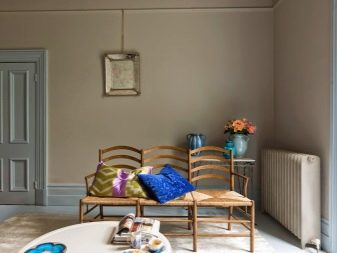
So, for a modest small space, beige, white, cream, light caramel and milk will be successful colors. These colors are easily soiled, but acrylic paint is washable, so you shouldn't avoid them.
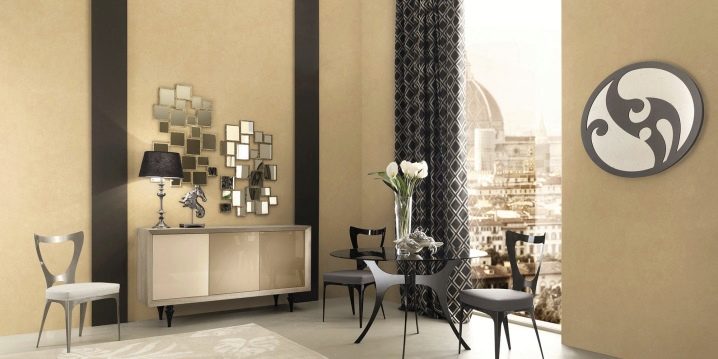
If you are decorating a spacious room, then you can use dark palettes in it. However, even in such conditions, there should not be too many gloomy shades. Dark gray, dark blue or black walls should be diluted with contrasting or lighter pastel furniture, sufficient lighting fixtures, and bright decorative elements.
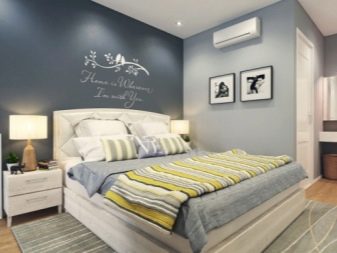

In the case of a children's room, preference should be given to moderately bright and cheerful colors:
- pale pink, peach, light purple, yellow or orange walls in a cozy corner of a little girl.
- blues, blues, purples, lilacs, browns or greens in a boy's room.


Purpose and application
Aerosol enamel has a wide field of application in various fields of activity: construction, repair, restoration, decoration. The application of such paint does not create difficulties in working with areas of any complexity. After painting, there is no need to clean additional tools, which minimizes enamel loss. To work with aerosols, you do not need to purchase solvents and mix colors to obtain the desired shade.
Manufacturers pump enamel into aerosol cans using inert chemical components that create an excess of pressure required for spraying. Aerosol paint is sold ready-made: take it and paint. The preparatory stage is excluded, as when working with other enamels. All that is needed is, after shaking the contents of the can, spray the paint with an aerosol.
Aerosol enamel is irreplaceable:
- when performing work on the renovation of individual surfaces, for example, the restoration of an old bath;
- for the manufacture of various decorative elements and painting small items;
- for applying the selected image using a stencil;
- to perform graffiti;
- when painting areas with a complex configuration.
Enamels in compact cans are used:
- in the automotive industry;
- in repair work;
- in construction and decoration;
- for painting heating devices (batteries, boilers), plumbing products (restoration of enamel baths, sinks, pipes), building structures (gratings, gazebos).
Enamel spray is produced:
- in gloss, semi-gloss, matte texture;
- with ebb in mother-of-pearl or with iridescent stains;
- with fluorescent reflections and diamond-plated effect.
Paints and varnishes in aerosol cans are in demand by design masters, with their help:
- imitate a printed or glossy metal effect;
- reproduce texture variants of different materials;
- get washed out shades of all colors of the rainbow.




